SHRUBS AND GRASS ALONG THE ROAD TO POMER
In the last two weeks of June this year, I took a few visits to the shrubby area between Medulin, my hometown, and the nearby village of Pomer, situated only a couple of kilometers further west along the bay.
The weather was sunny, the vegetation was still green and lush for the most part, and many plants were fully in bloom.
Many insects were also there, so expect a lengthy post with quite a few interesting species.
This is the relatively large composite flower of the Orlaya grandiflora plant.
Here you can see a group of those plants surrounded by grass, swaying in the mild summer wind. Orlaya grandiflora is commonly known as the white laceflower and is native to Mediterranean parts of Europe.
Some of the flowers were hosting groups of small, dark beetles that were feeding on pollen and nectar.
In this set of nine photographs, you can see one of those beetles exploring the bigger petals that surround the intricate structure of florets in the center of the composite flower.
The scientific name of the species is Anaspis rufilabris. The family is Scraptiidae.
The Orlaya grandiflora plants were blooming near a shrub ...
... that also had some lovely flowers for this flourishing post.
These are wild roses. The following photograph ...
... shows a much bigger portion of the shrub and a bit of the scenery behind it.
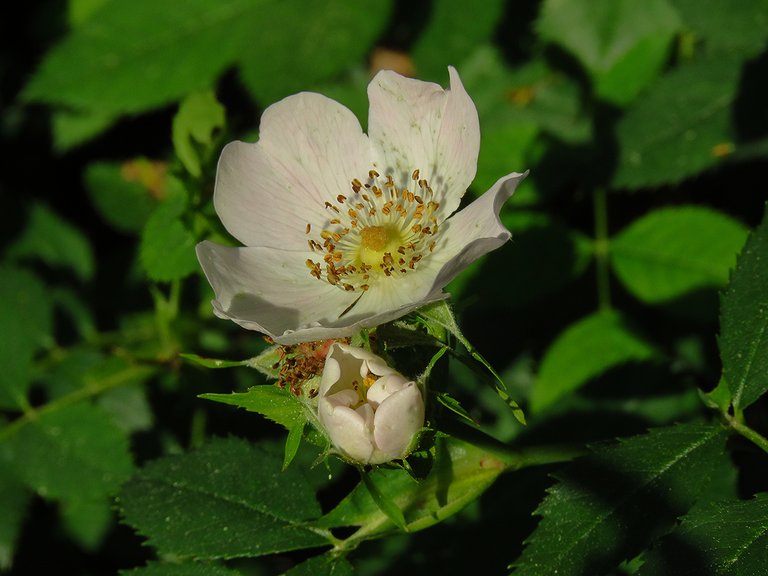
The scientific name of the plant is Rosa micrantha. Some of its leaves ...
... were partially eaten ...
... by the sawfly larvae.
The scientific name of this species from the Argidae family is Arge pagana. I didn't see any adults around, so I'm unable to show you how they look.
Arge pagana larvae feed on leaves of roses, both wild and cultivated ones.
They eat almost the entire leaf, leaving only the big central vein.
All the Arge pagana larvae I photographed in those days, by the side of the road that connects my hometown to Pomer, were foraging on the leaves at the top of the shrub.
On one of the lower branches, I found a sawfly larva of a different kind.
This species, Endelomyia aethiops, belongs to the Tenthredinidae family.
Not only is the appearance of this larva different, but it also consumes the leaf quite differently. While the Arge pagana larvae chew everything except the midrib, the Endelomyia aethiops eats only the soft tissue on the upper surface of the leaf, leaving partially skeletonized patches behind its meals. In some of these shots, taken while the larva was voraciously feeding, you can take a very good, up-close look at those partially eaten areas.
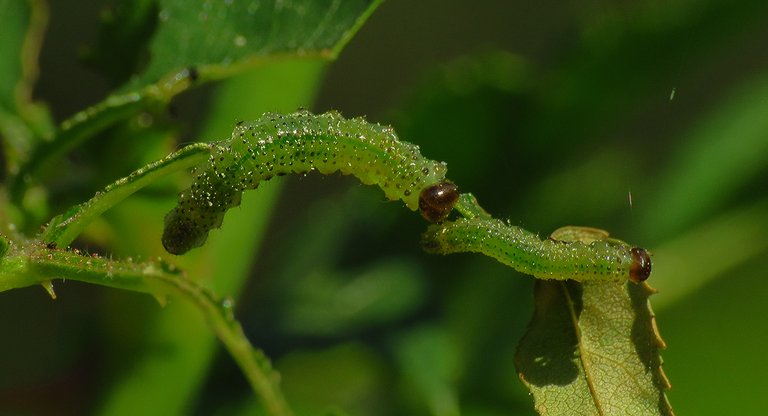
When undisturbed, the Arge pagana larvae eat in a pose common to most leaf-chewing larvae and caterpillars. You can see them stretched along the surface of the leaf. But when a potential danger comes too close ...
... they lift the rear part of the body in a pose that is supposed to be threatening.
I've never seen an Endelomyia aethiops larva doing that.
To me, the Arge pagana larvae look even easier to pick when in their defensive pose, but some predators find a scene like the one shown in this photograph somehow disturbing.
The Arge pagana larvae of different sizes were feeding together, often on the same leaf.
You can see a group of the smallest ones I found that day in this shot. These larvae are very sociable. They live and feed in colonies.
Endelomyia aethiops larvae often dine alone, although they can occasionally be seen in groups as well.
Both species of sawfly larvae are fun to photograph.
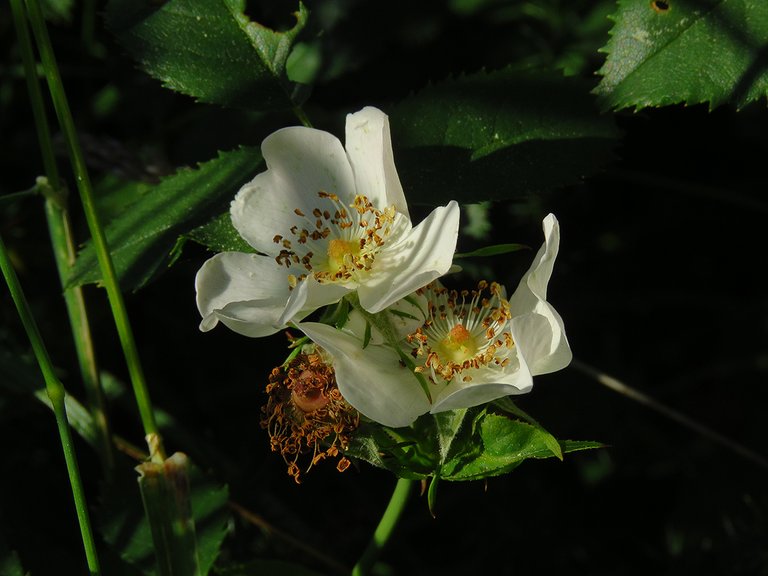
Most of the roses on the Rosa micrantha shrub were completely white. I mean, their petals were all white.
Here you can see one with slightly pinkish petals.
One of these two is slightly pinkish as well, although the difference is almost unnoticeable.
The pink is far more pronounced on these semi-disclosed petals.
Here you can see two white flowers with a detached petal lying on one of the leaves between them.
I zoomed in a bit in this shot.
This macro shot shows the center of another white rose on the same shrub.
This little red sphere on the Rosa micrantha leaf is the work of a tiny wasp from the Cynipidae family.
Diplolepis nervosa or Diplolepis eglanteriae is responsible for this protuberance, commonly called a smooth rose pea gall. The wasp lays an egg on the leaf, and then, when the larva hatches and starts feeding, the plant reacts to some chemicals released by the larva by creating a gall around it.
Here you can see a much bigger larva that feeds on the same shrub. It's a moth caterpillar that resembles a stick. In the following photograph ...
... the same caterpillar is chewing one of the juicy young leaves.
The scientific name of the species is Agriopis aurantiaria. It belongs to the Geometridae family.
In this shot, besides the Rosa micrantha shrub in the foreground, you can see a chunk of the large pine tree behind it. The pines in the area were covered with pollen cones. In the following photograph, you can see one of those small cones ...
... that has fallen from the tree and ended up entangled in the silky threads on the top of the ear of grass. The grass in question is Hordeum murinum. The ear of grass shown here is still juicy and green, but ...
... but the Hordeum murinum grass near the pine tree was, for the most part, brown and dry. If you feel like thoroughly exploring all the small details in the above picture, you may notice an insect near its center. In the following photograph ...
... you can take a much better, up-close look at the insect I mentioned before. It belongs to the Tettigoniidae family. It's a bush cricket nymph. The scientific name of the species is Tettigonia viridissima.
In this shot, the focus is on only two of the many ears of Hordeum murinum grass present in the area. If you take a good look at all the little details in the picture, you may notice a small green insect on one of the ears.
In this macro shot, you can see the tiny bush cricket nymph in all its minuscule glory. This is a very young, wingless version of the Tylopsis lilifolia bush cricket.
Here you can see a Messor capitatus ant harvesting the grains.
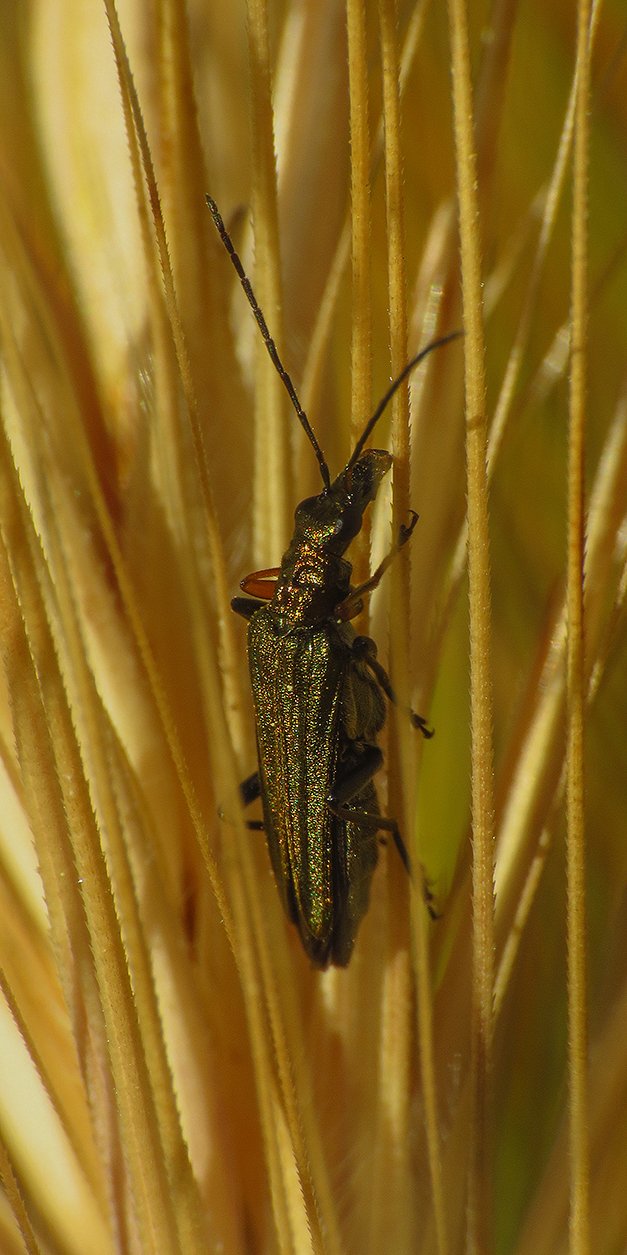
This is the Oedemera flavipes, a small, iridescent beetle from the Oedemeridae family. The beetle shown in this photograph is a female. Male have very thick, noticeable femora on their hind legs.
Not all the grass in the area was dry or semi-dry in the second half of June. Actually, Hordeum murinum was the only one. Small patches covered prevalently with it looked like brown islets in the sea of green.
This is a different kind of grass.
Here you can see how it looks in the scenery.
The scientific name of the species is Lolium rigidum. In the following photograph ...
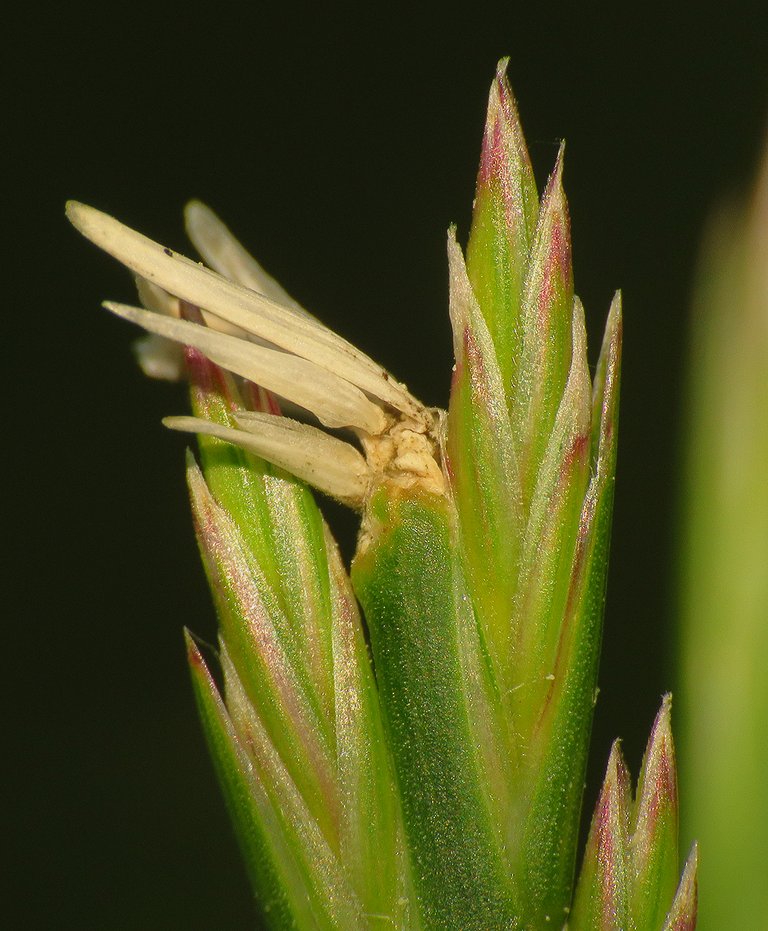
... I used the macro lens to make the small details look bigger.
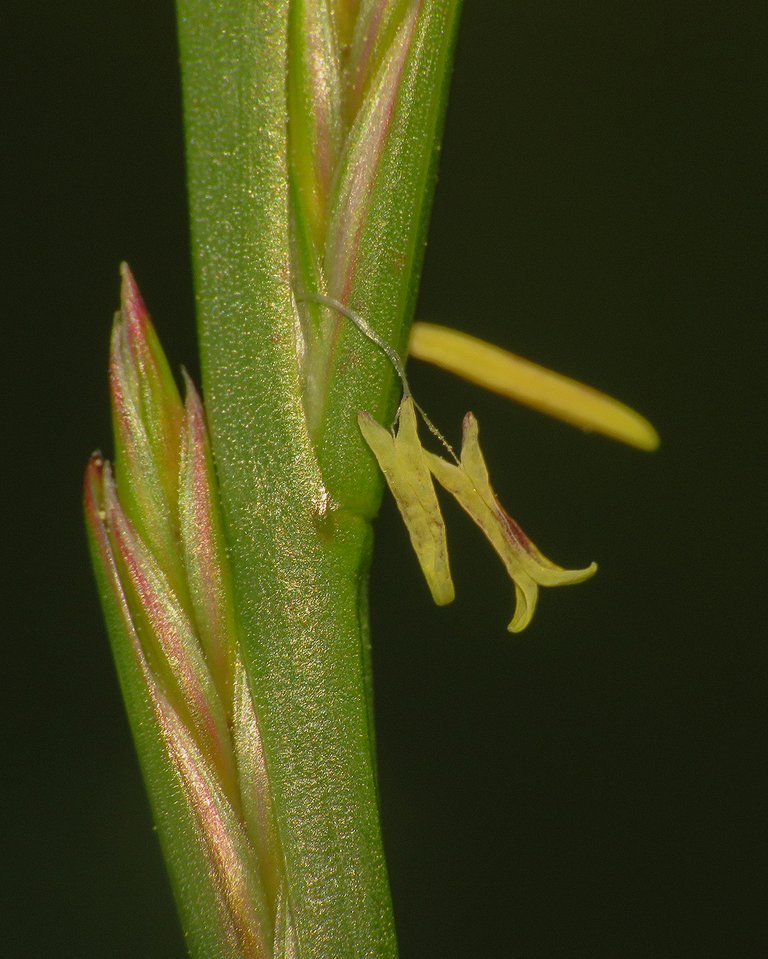
Here you can see the tiny Lolium rigidum flowers.
There, in the area covered predominantly with Lolium rigidum, I also photographed these lovely Centaurium erythraea flower buds.
These interesting little things that resemble some kind of modern-day trilobites are the ears of the Briza maxima grass.
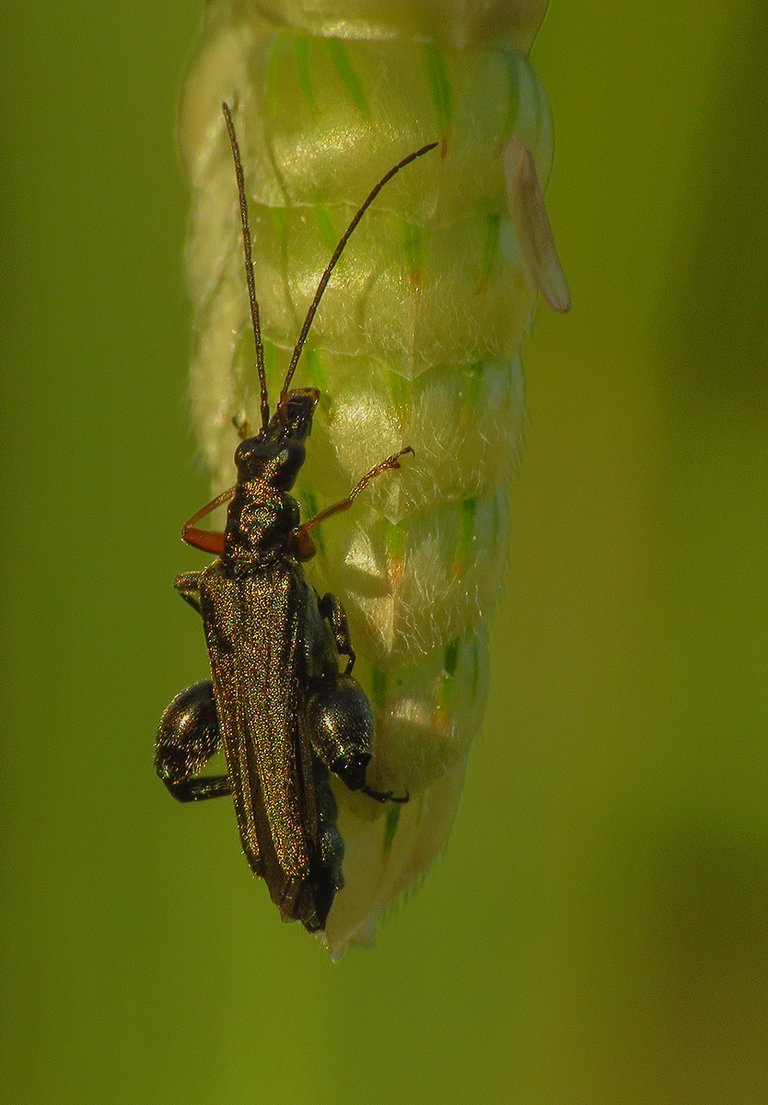
Here you can see a male Oedemera flavipes hanging on the Briza maxima.
This is another, this time nicely illuminated, portrait of the same kind of grass.
Here you can see the Dactylis glomerata grass in bloom.
In this photograph, taken through the macro lens, you can take a better look at its many tiny flowers.
This wide shot shows Dactylis glomerata mixed with other types of grass. In the small area shown in the above picture ...
... I came across an interesting scene involving two spiders at the top of the Dactylis glomerata grass.
A Synema globosum female has killed a male. Synema globosum is a crab spider, which means that it belongs to the Thomisidae family.
Among the vegetation close to the ground, always in the same area, I photographed this bush cricket nymph. The scientific name of the species is Leptophyes punctatissima.
Here you can see a small Monacha cartusiana snail on the Dactylis glomerata.
This is the Hordeum bulbosum...
...the tallest grass you'll see in today's post.
On one of its leaves, I photographed this bug from the Scutelleridae family. The scientific name of the species is Eurygaster maura.
The tall grass looked great in the warm light of the late afternoon.
In this photograph, a friend who was there with me is posing surrounded by different types of grass.
Avena fatua is a grass almost as tall as Hordeum bulbosum. In this shot, the focus is on the spikelets at the top of the plant.
Here you can see a tiny flower protruding from the spikelet's structure. The photograph was taken through the macro lens.
What can I tell you here? Another spikelet and two more flowers, that's all.
A bit lower on the stem of the same grass, I came across an interesting scene involving planthoper nymphs and ants.
Some planthoppers and their nymph produce the honeydew, and here you can see an ant tending the nymphs for that sweet liquid food. I can't tell you what planthoppers these are. It could be some species from the Tettigometridae family. At least a dozen planthopper nymphs and many more ants were present on the grass, but you can't see them in these photographs. The focus is on only two nymphs and one ant.
When it comes to the ant, I can confidently say that it belongs to the Formicidae family, and that the scientific name of the species is Crematogaster auberti. In the following photograph...
...the focus is on the Avena fatua flowers again.
Here you can see a mix of Avena fatua and Dactylis glomerata grass, nicely illuminated by the evening light. In the area shown in this shot taken about half an hour before sunset ...
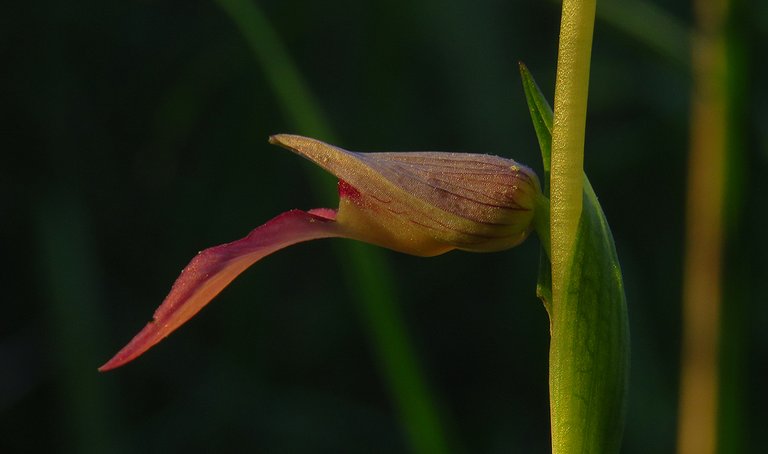
... I also photographed this interesting orchid.
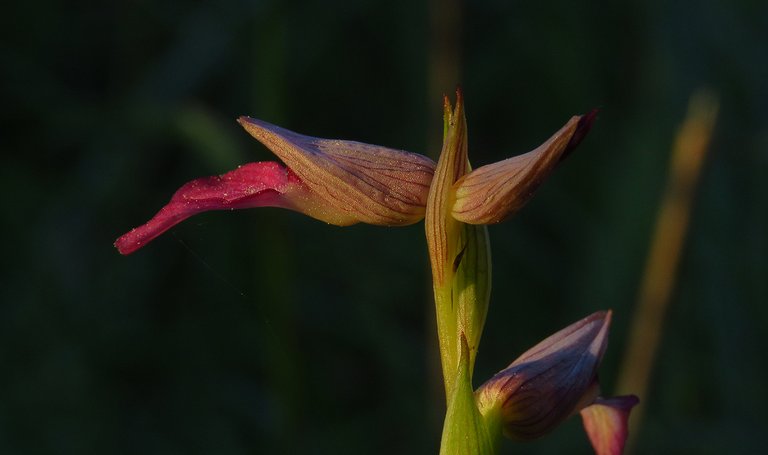
The plant is commonly known as the tongue orchid.
The scientific name of the species is Serapias lingua.
This wide shot shows a bit of the scenery with different types of grass.
Here you can see a small islet of Hordeum bulbosum grass that stands out from the surrounding vegetation. Not only is the surrounding grass much lower, but the evening sunlight, from the sun that was slowly sinking behind the trees, created a spotlight effect that makes the tall grass stand out even more.
In this shot, I zoomed in on the ears on top of the grass.
The tiny flowers shown in these two photographs, one of which was taken with a flash and the other in ambient light ...
... belong to the Plantago lanceolata plant. The flowers bloom and decay along the elongated, spearhead-shaped flowerhead from the bottom to the top, creating a belt of fully developed flowers between the fruits and the flowerbuds. The best way to show this process would be through an animation made of photographs taken over several days, at least a week or so, but comparing the shots in this tryptich can also give you a basic idea about how this thing goes.
This wide shot shows a portion of the area covered predominantly with Plantago lanceolata.
On the stem of one of those plants, I photographed a beetle from the Elateridae family.
The scientific name of the species is Athous vittatus.
Here you can see a leafhopper nymph resting on the leaf of the plant. Can't tell you what species exactly this is. Many leafhoppers present in the area look almost the same at this stage of their life.
This is a portrait of yet another Plantago lanceolata flowerhead. In the following photograph ...
... I came a bit closer to the same flowerhead.
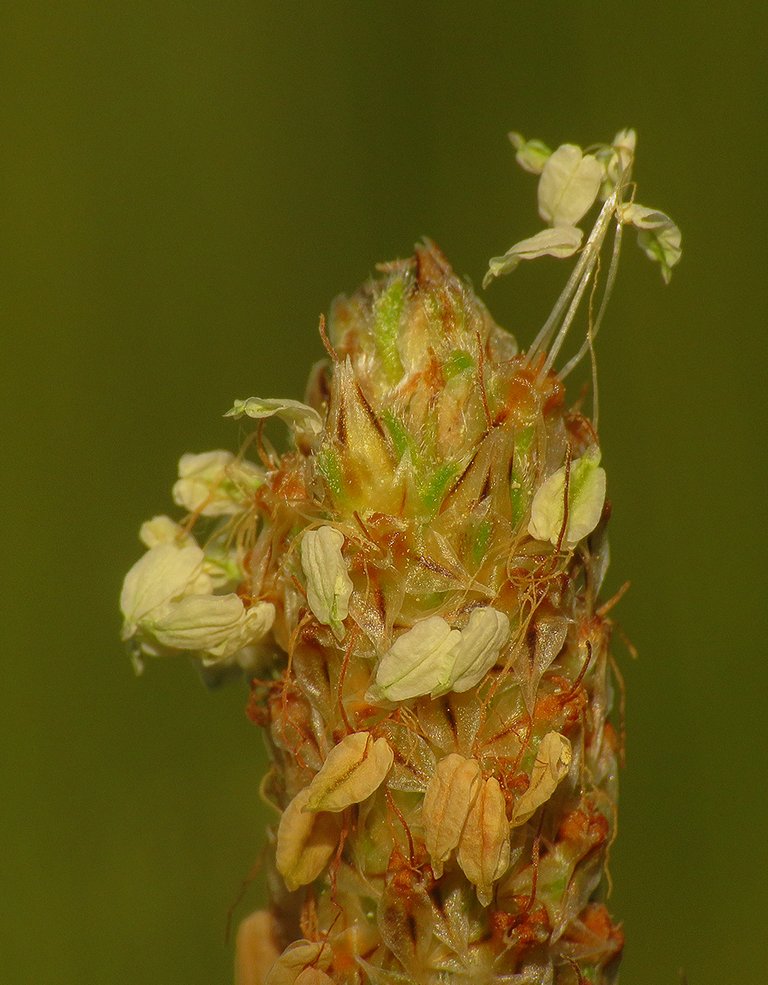
In this shot, the focus is on the flowers at the top of another flowerhead. The Plantago lanceolata flowerheads are supposed to be straight and vertical, but ...
... but you can come across a banded, horizontal one occasionally. In the following photograph ...
... I used the macro lens to make the small, upside-down hanging flowers look much bigger.
Here you can see a tiny leaf beetle climbing the slanted stem of another Plantago lanceolata plant. The scientific name of the species is Longitarsus succineus. The family is Chrysomelidae, of course. All leaf beetles belong to that family.
Here you can take a good look at the last few flowers at the top of a Plantago lanceolata flowerhead that is very close to the end of its blooming time.
This is the lovely yellow flower of the Potentilla hirta plant.
This tryptich shows the Kochiura aulica, a small spider from the Theridiidae family.
In the area between the pine trees and the shrub shown at the beginning of the post, I came across a few impressively long wild asparagus shoots.
The scientific name of the plant is Asparagus acutifolius.
This is Orlaya grandiflora, the plant that started the post.
The intricate structure of the florets that form the Orlaya grandiflora composite flower resembles a beautiful white lace. That's the reason for the plant's common name - the white laceflower.
Here you can see the Oxythyrea funesta, a beetle from the Scarabaeidae family that feeds on pollen and soft flower parts of this edible white lace. In the following shot ...
... a wasp from the Ichneumonidae family is resting on the stem of the Orlaya grandiflora. I can't tell you what species exactly this is. It could be the Acrotomus succinctus, but I'm not sure about that.
In reality, the stem of the plant was vertical, but the insect looked much better when displayed horizontally, so I rotated the photograph in Photoshop.
Here, you can see the Adelphocoris ticinensis, a bug from the Miridae family...
... posing on the large petals on the edge of the composite flower. In the following photograph ...
... the same bug is feeding on the florets in the center.
Here you can take a look at the lace-like structure of the Orlaya grandiflora flower photographed in ambient light.
And that's it. The post ends here. Hope you enjoyed the journey. As always on Hive, the photographs are my work.
The following links will take you to the sites with more information about the protagonists of today's post. I found some stuff about them there.
https://www.inaturalist.org/taxa/209429-Orlaya-grandiflora
https://www.inaturalist.org/taxa/130573-Anaspis-rufilabris
https://en.wikipedia.org/wiki/Rosa_micrantha
https://en.wikipedia.org/wiki/Arge_pagana
https://www.naturespot.org/species/endelomyia-aethiops
https://www.inaturalist.org/taxa/55594-Cynipidae
https://www.naturespot.org/species/scarce-umber
https://en.wikipedia.org/wiki/Hordeum_murinum
https://en.wikipedia.org/wiki/Tettigonia_viridissima
https://en.wikipedia.org/wiki/Tylopsis_lilifolia
https://www.inaturalist.org/taxa/342832-Messor-capitatus
https://www.inaturalist.org/taxa/319088-Oedemera-flavipes
https://www.inaturalist.org/taxa/164711-Lolium-rigidum
https://en.wikipedia.org/wiki/Centaurium_erythraea
https://en.wikipedia.org/wiki/Briza_maxima
https://en.wikipedia.org/wiki/Dactylis_glomerata
https://en.wikipedia.org/wiki/Synema_globosum
https://www.naturespot.org/species/speckled-bush-cricket
https://en.wikipedia.org/wiki/Monacha_cartusiana
https://portal.cybertaxonomy.org/flora-greece/cdm_dataportal/taxon/efba4840-f014-4b41-b603-5f2ddabedb7b
https://uk.inaturalist.org/taxa/327173-Eurygaster-maura
https://www.naturespot.org/species/wild-oat
https://www.inaturalist.org/taxa/338737-Crematogaster-auberti
https://en.wikipedia.org/wiki/Serapias_lingua
https://www.inaturalist.org/taxa/53178-Plantago-lanceolata
https://www.inaturalist.org/taxa/130624-Athous-vittatus
https://www.inaturalist.org/taxa/455566-Longitarsus-succineus
https://www.inaturalist.org/taxa/153983-Potentilla-hirta
https://www.inaturalist.org/taxa/354254-Kochiura-aulica
https://en.wikipedia.org/wiki/Asparagus_acutifolius
https://www.inaturalist.org/taxa/68328-Oxythyrea-funesta
https://www.inaturalist.org/taxa/804936-Acrotomus-succinctus
https://www.britishbugs.org.uk/heteroptera/Miridae/adelphocoris_ticinensis.html
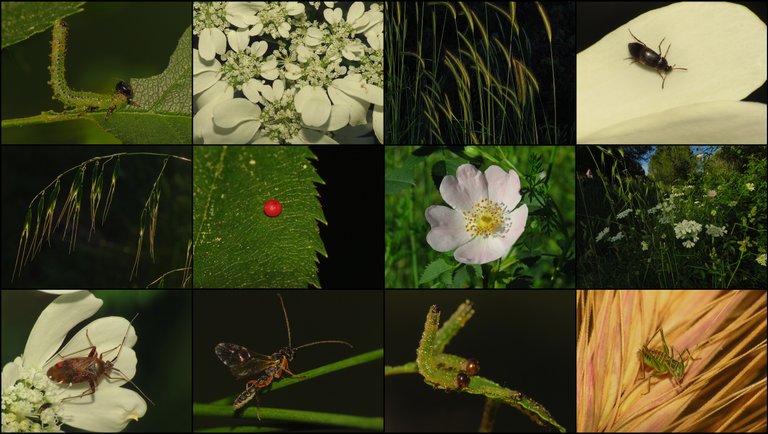
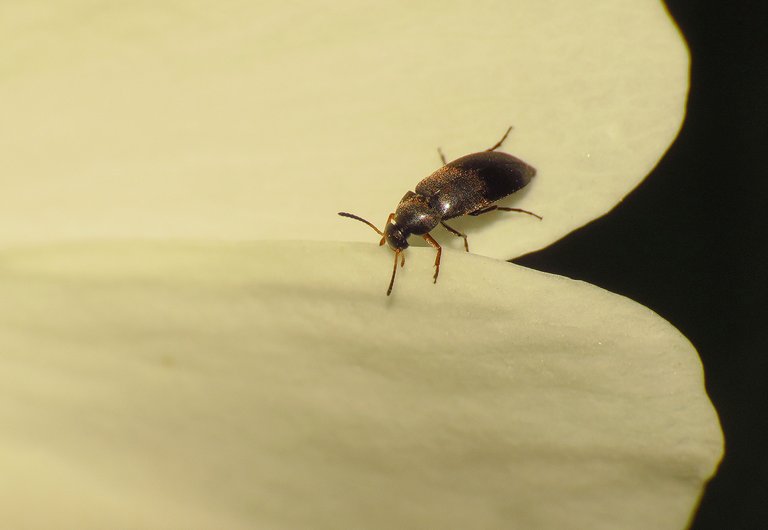
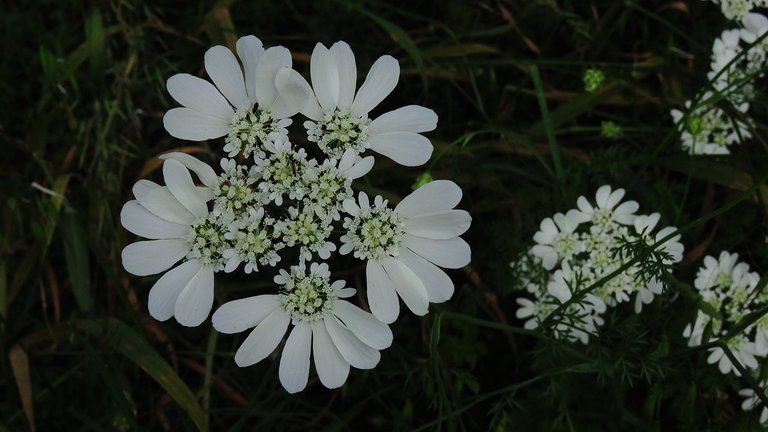
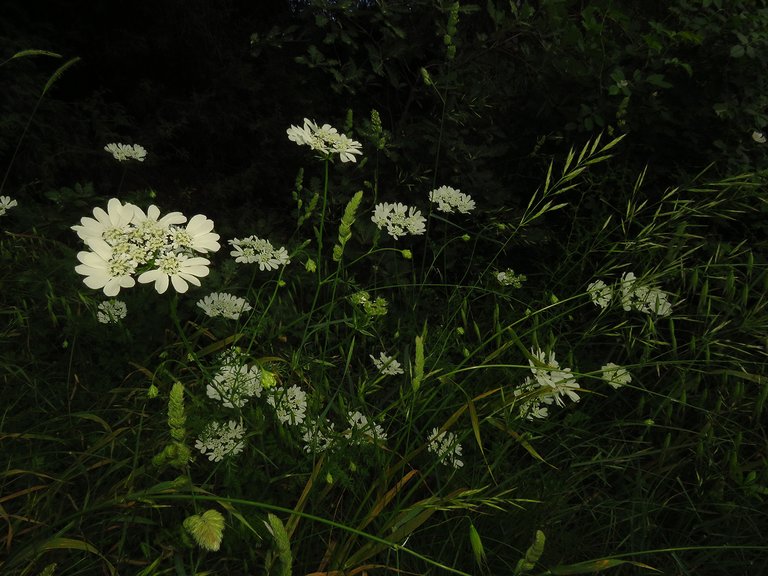
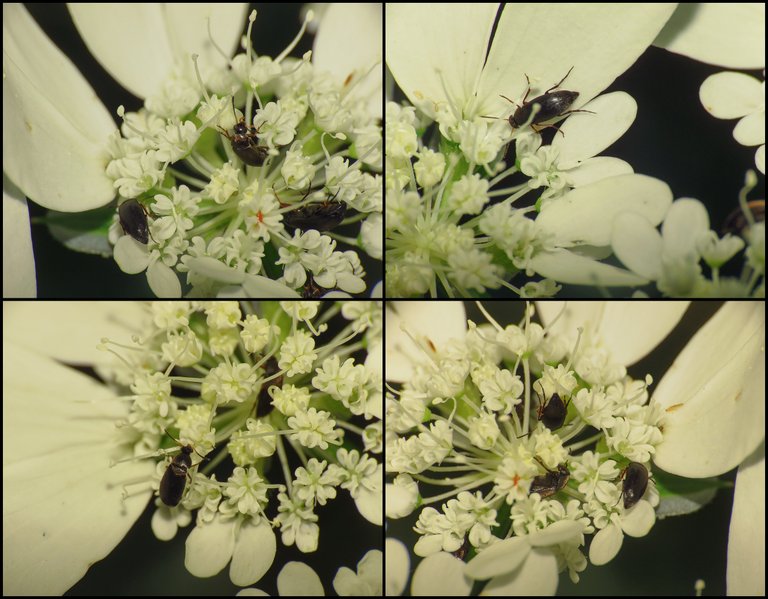
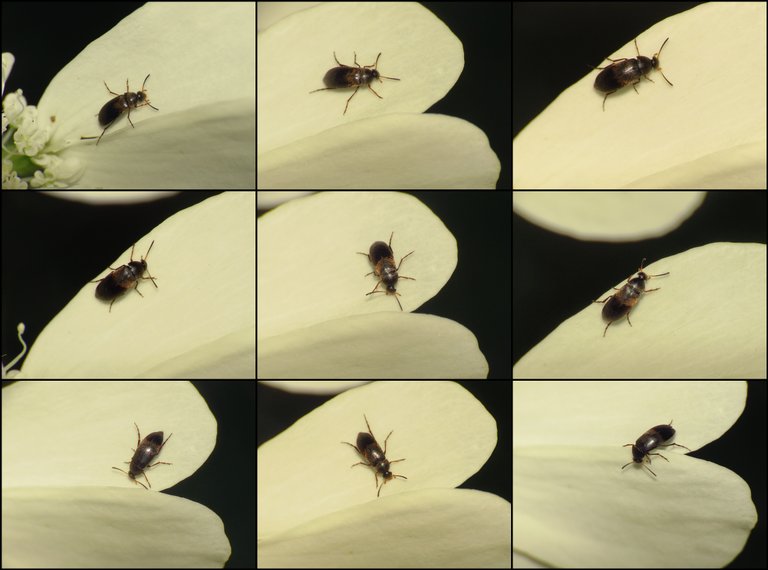
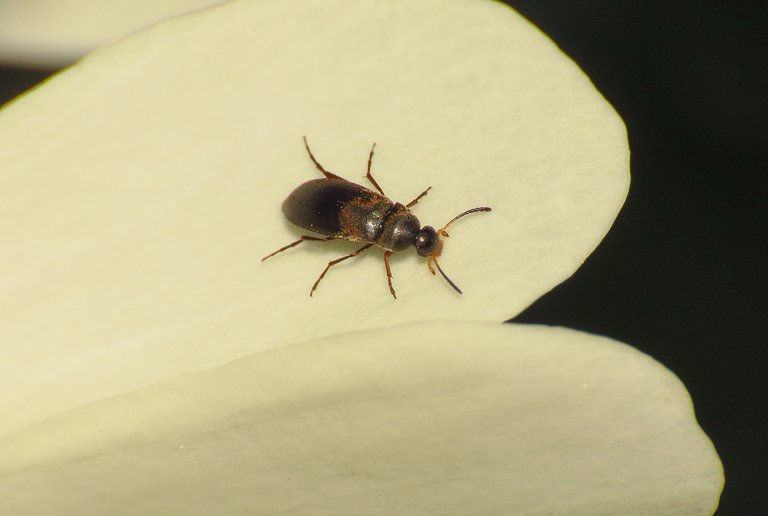
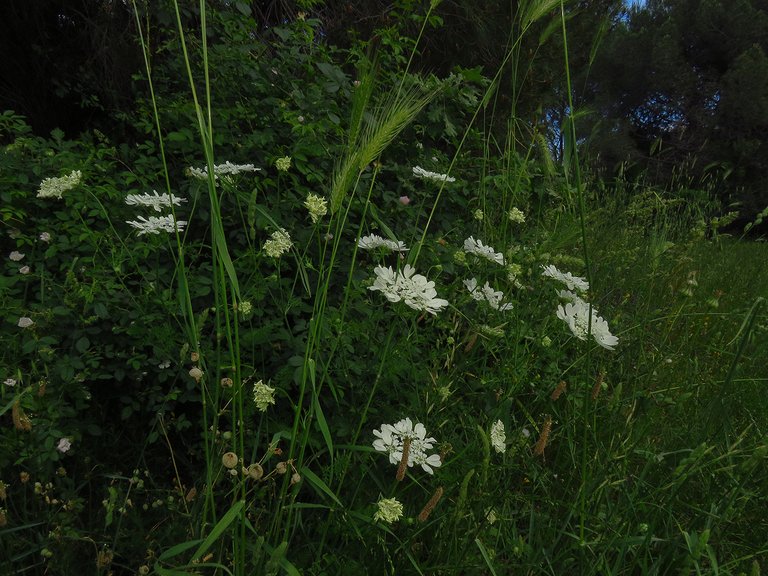
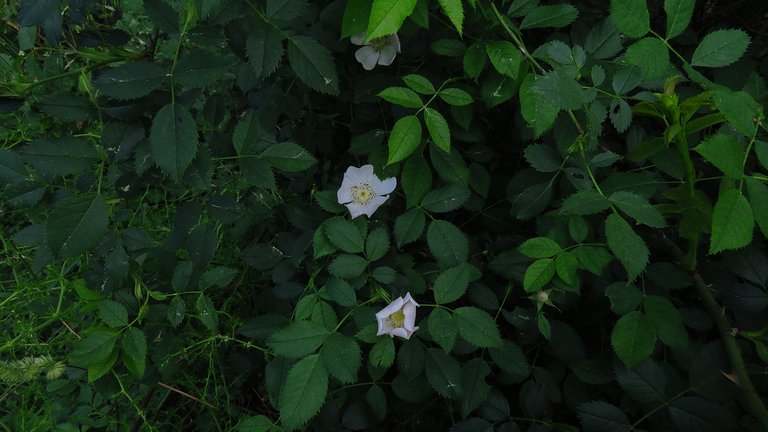
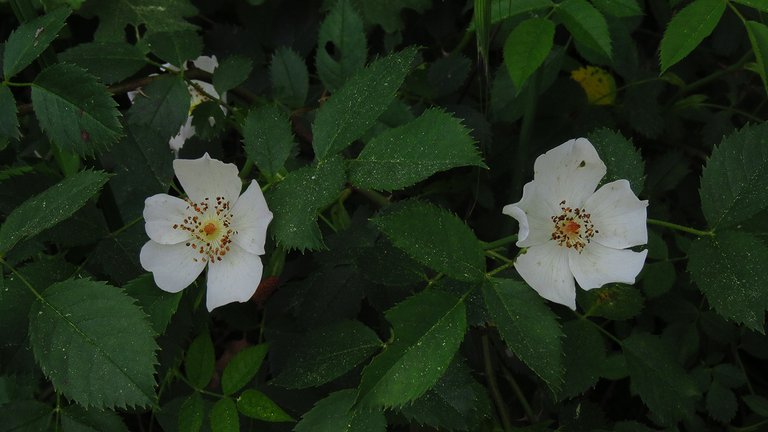
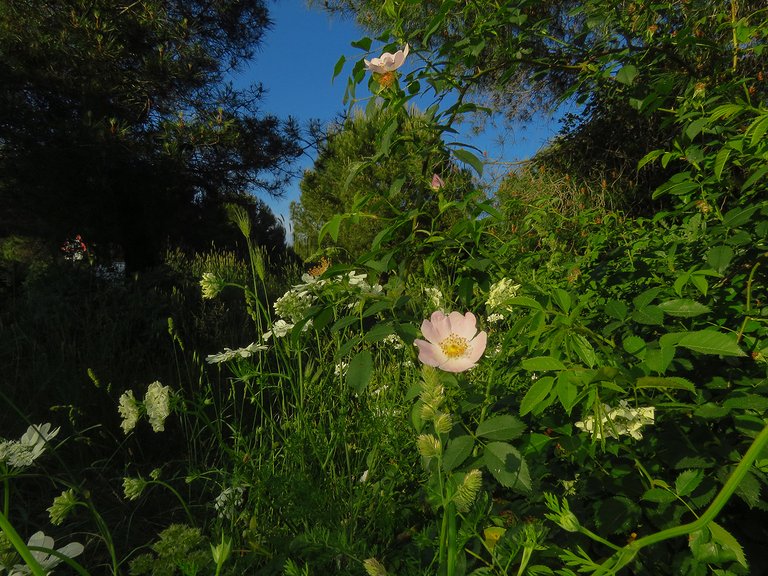
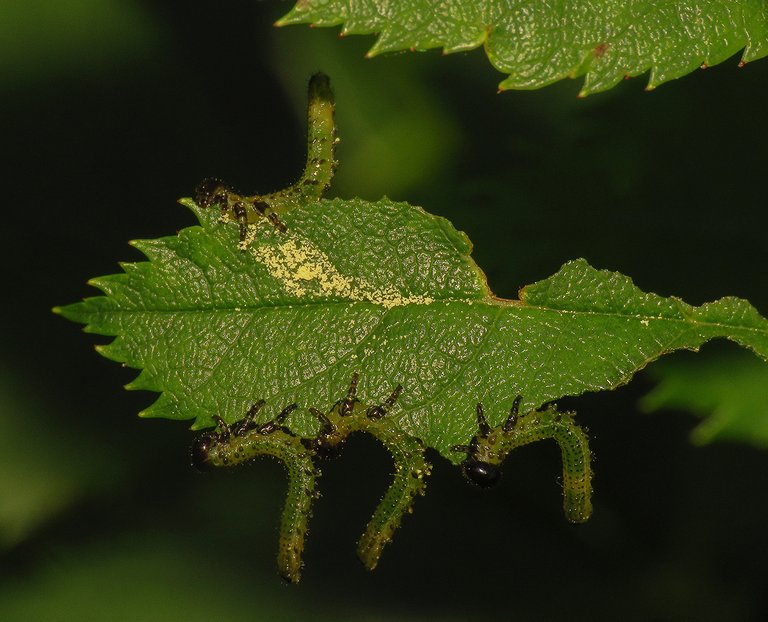
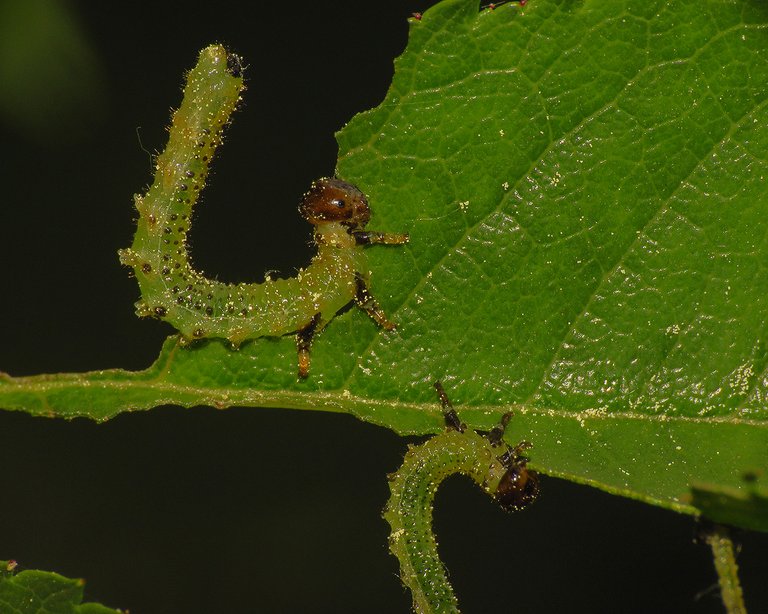
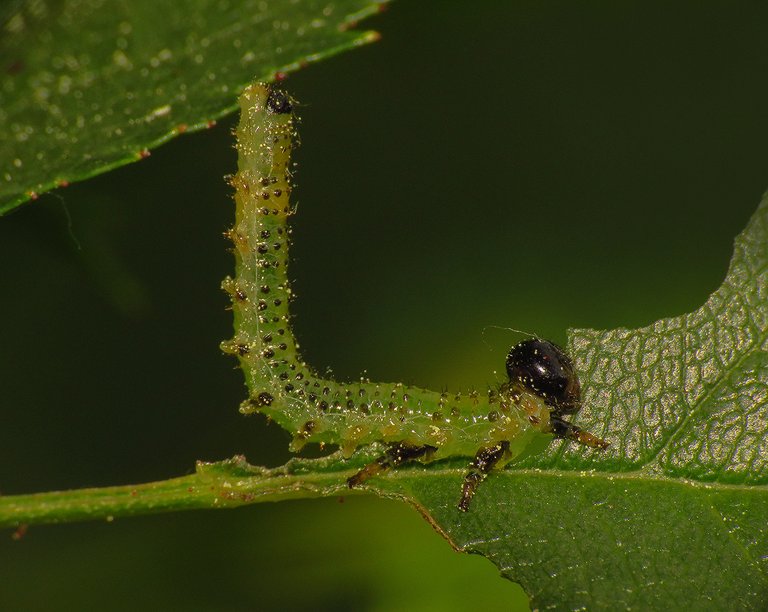
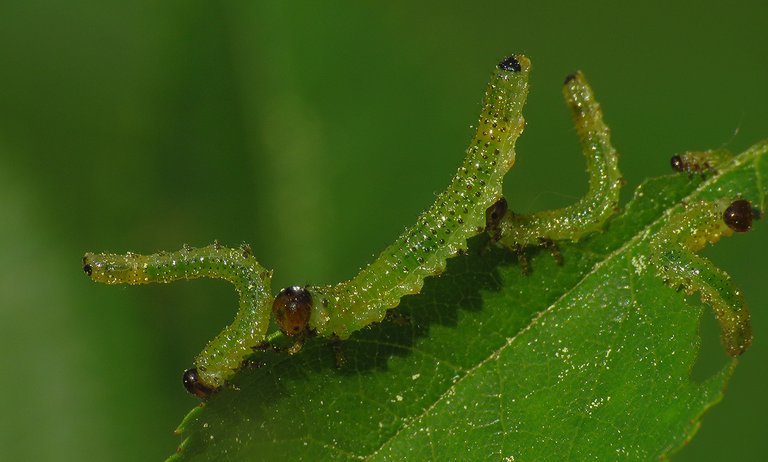
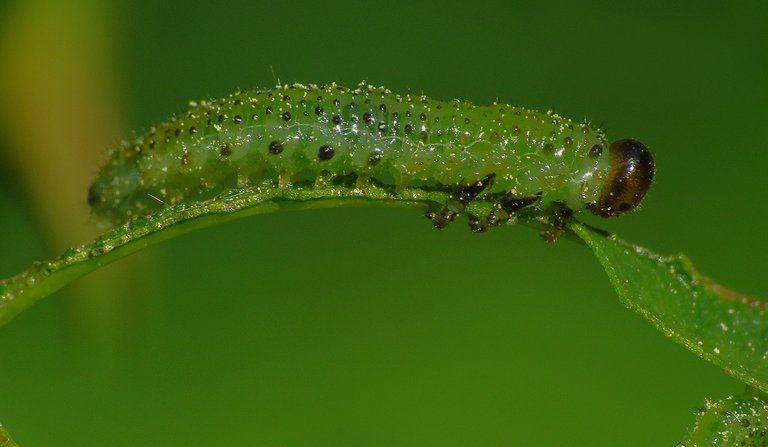

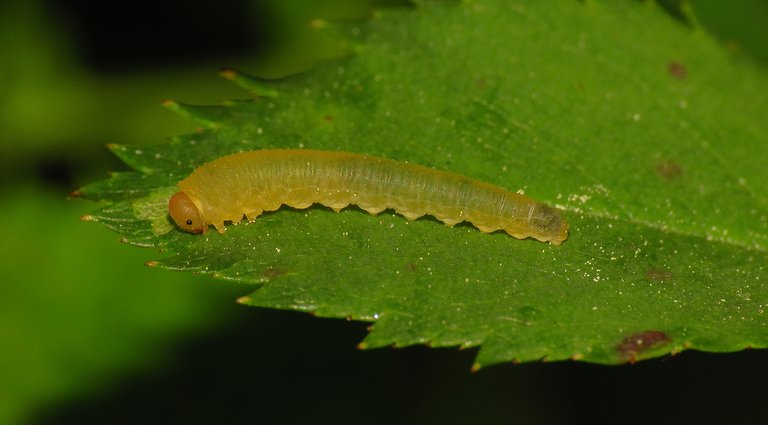
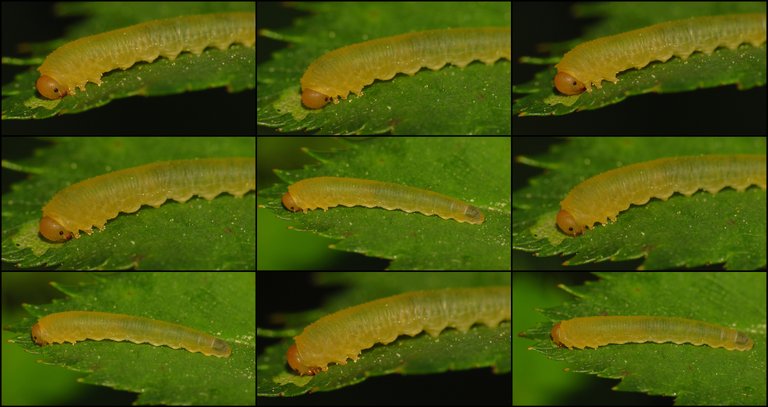
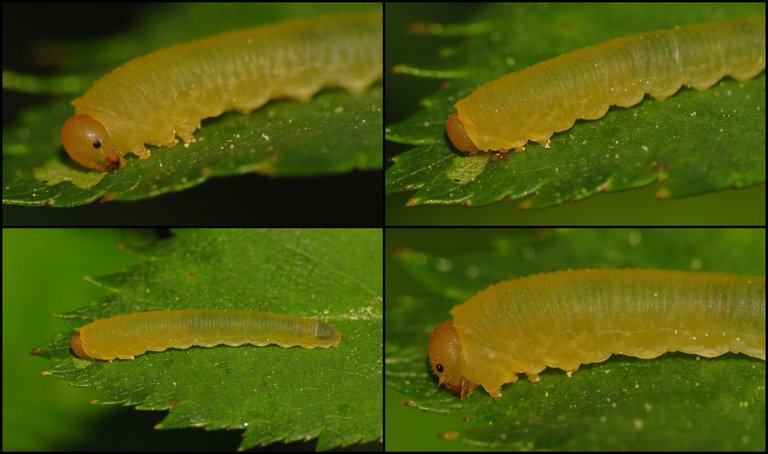
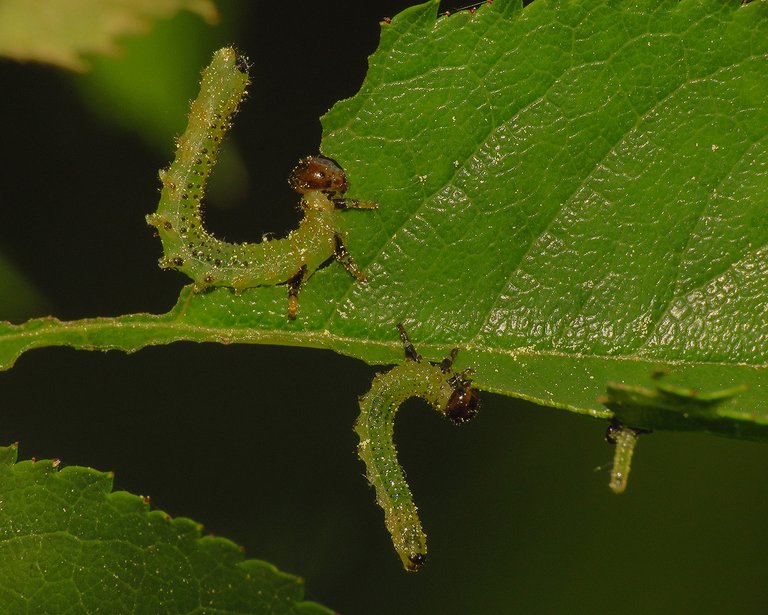
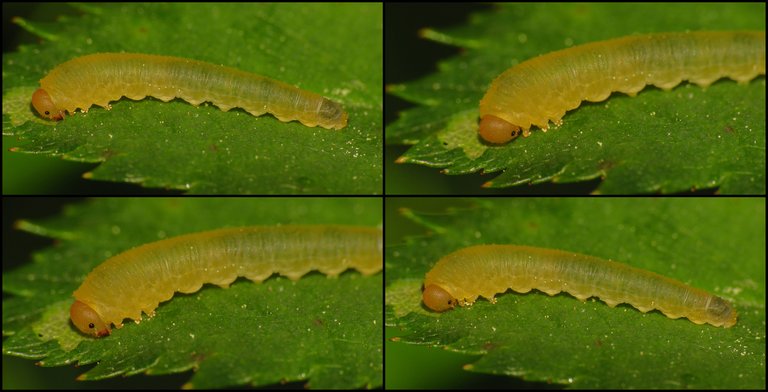
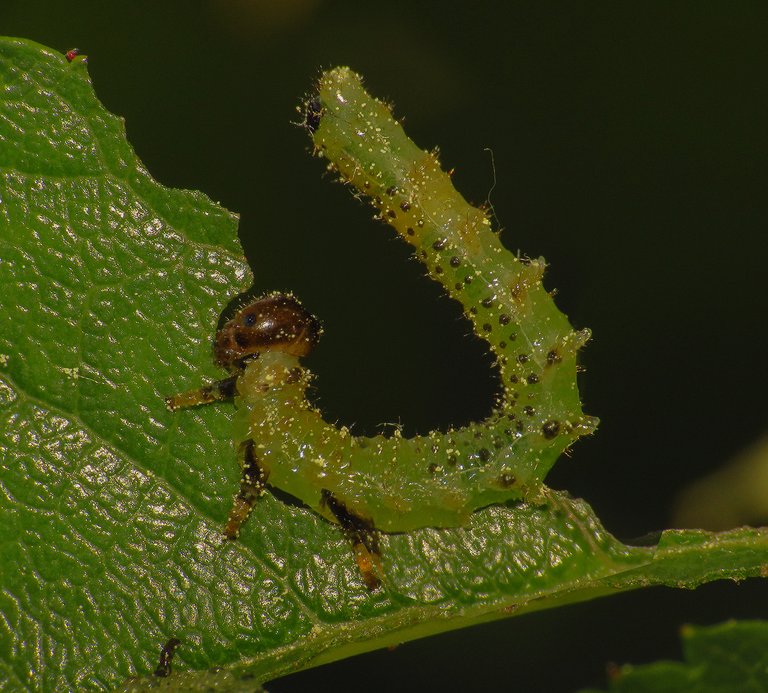
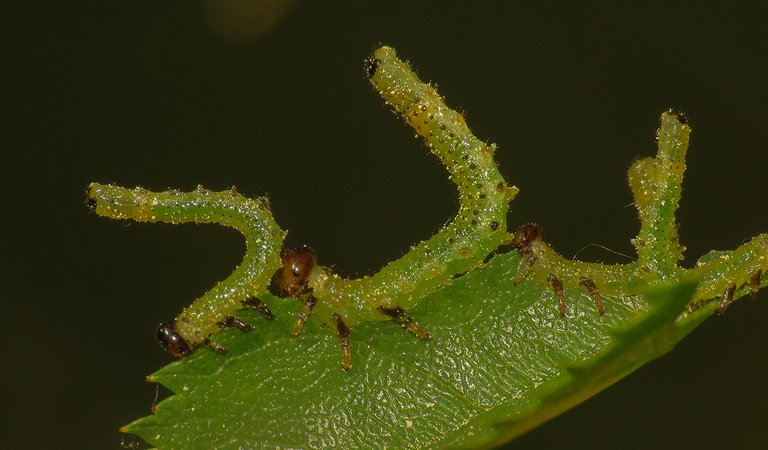
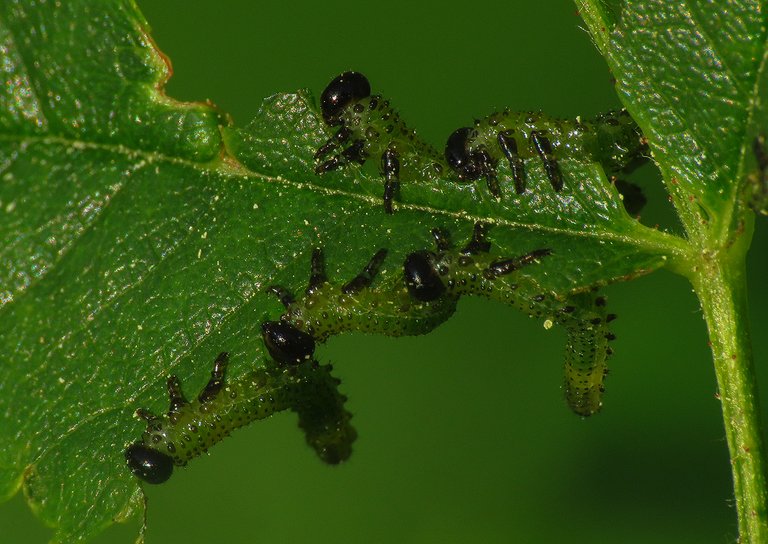
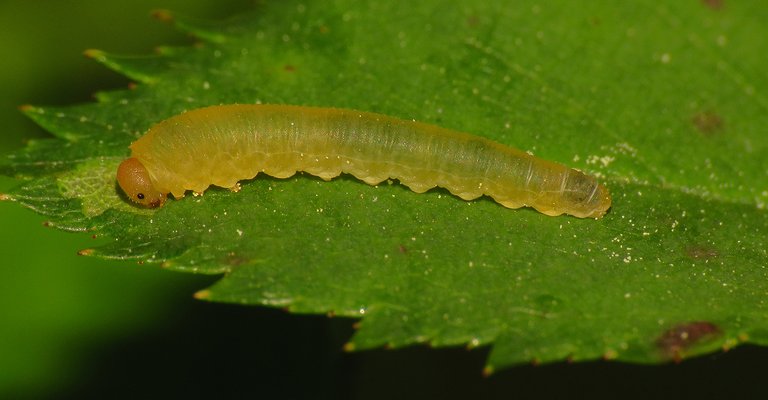
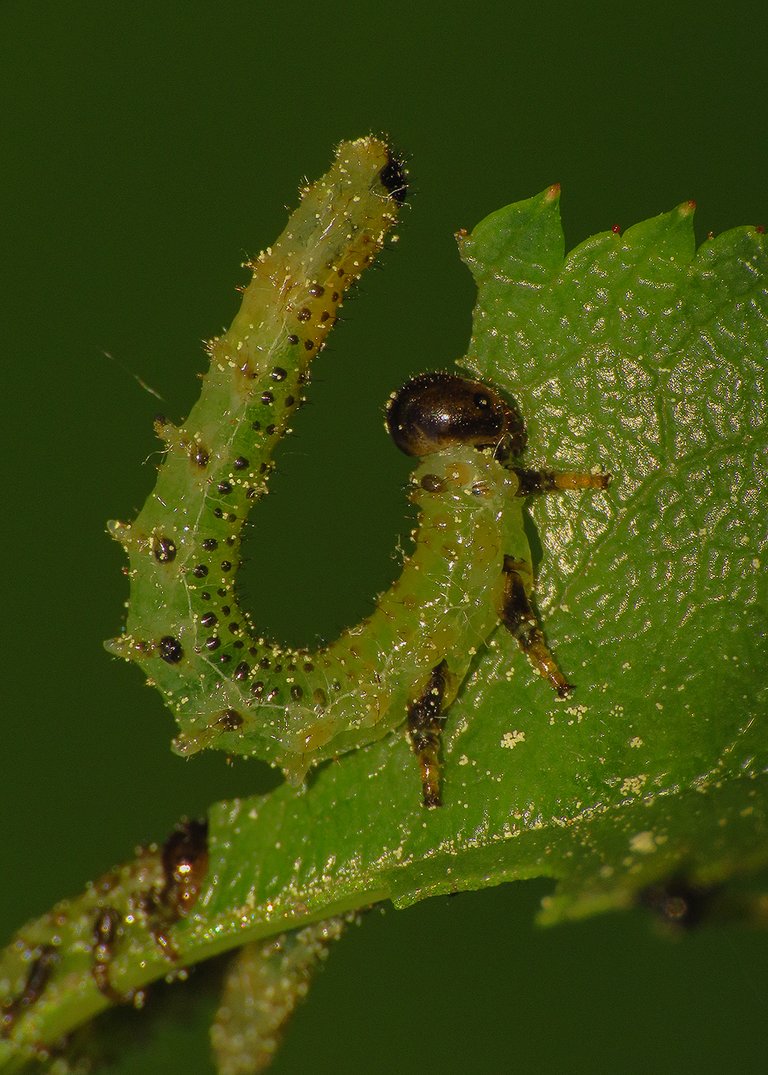
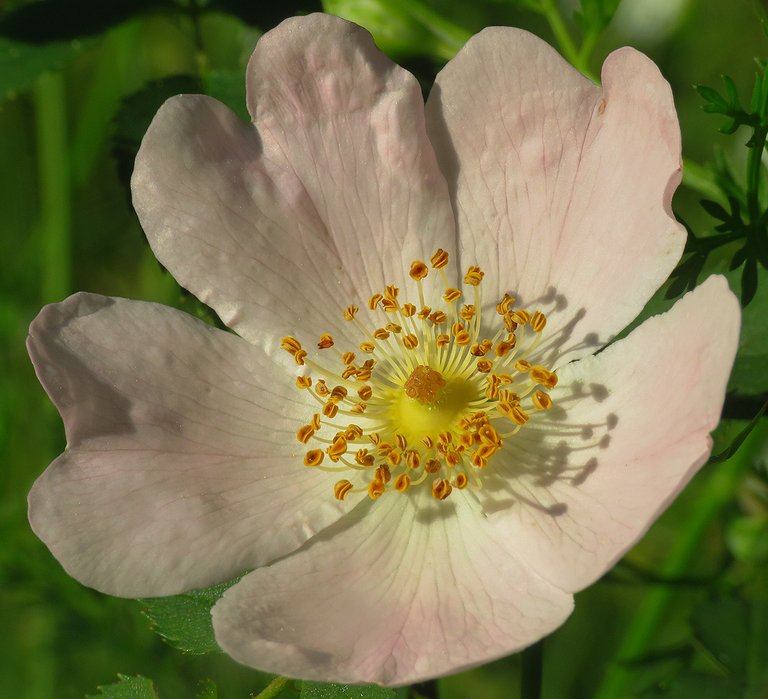
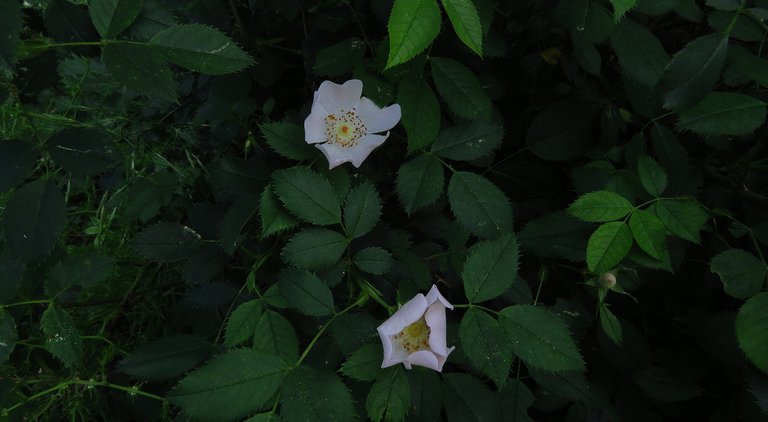
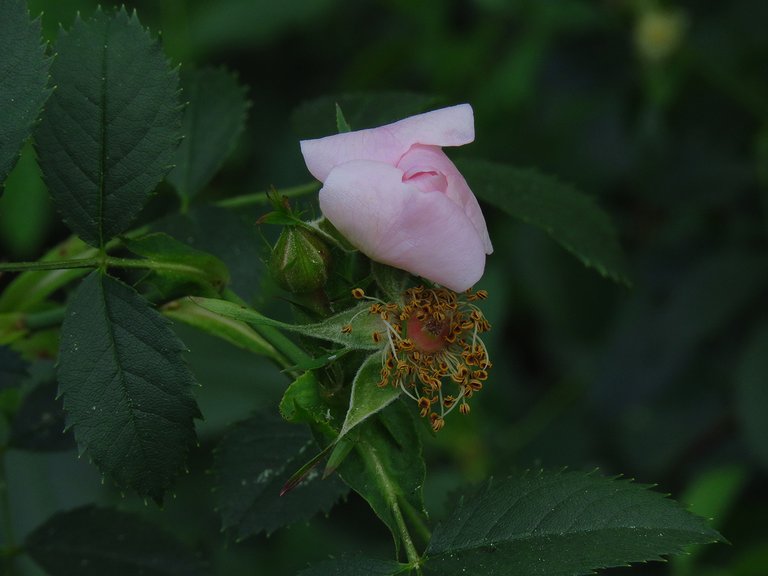
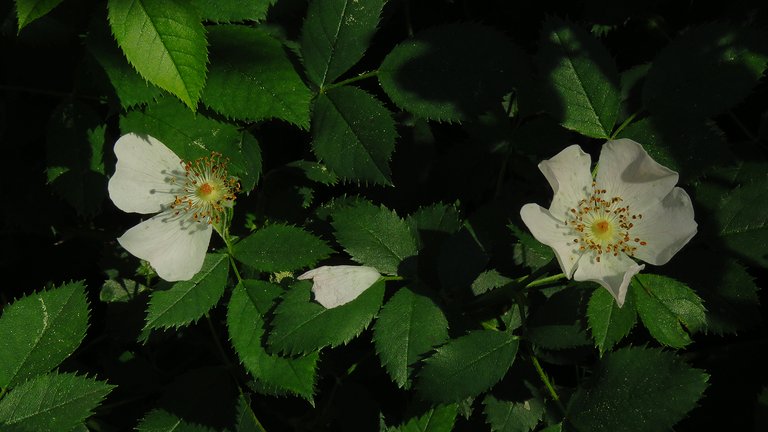
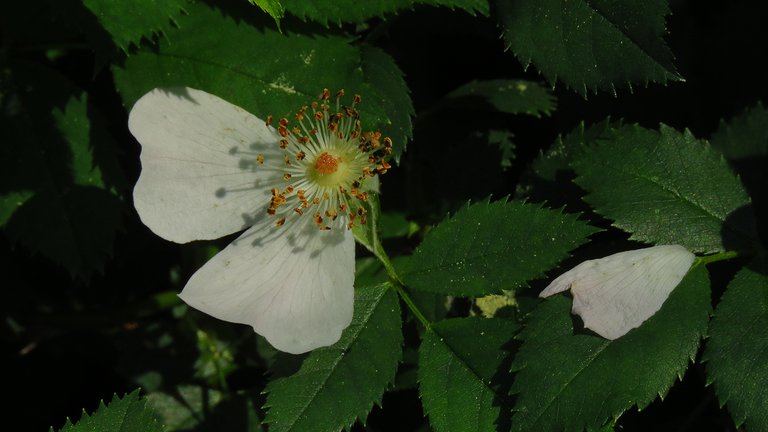
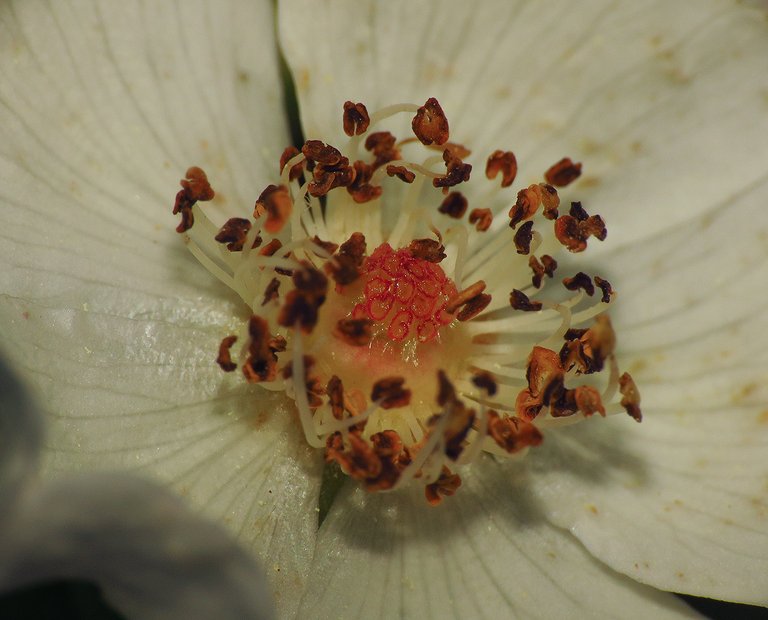
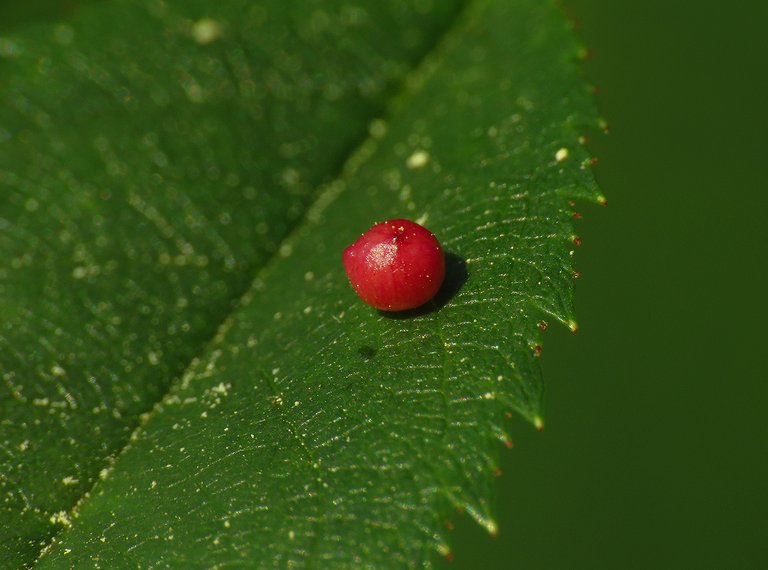
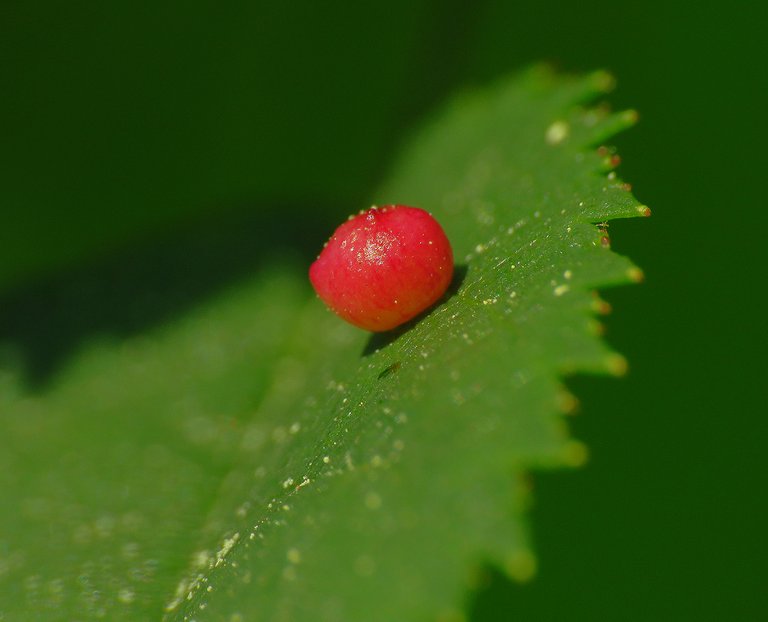
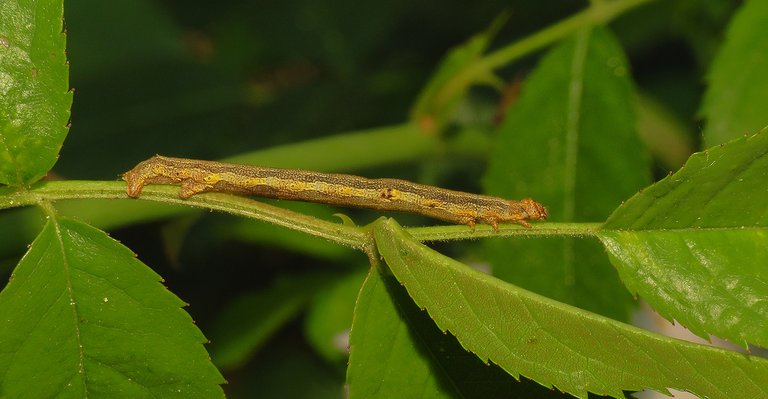
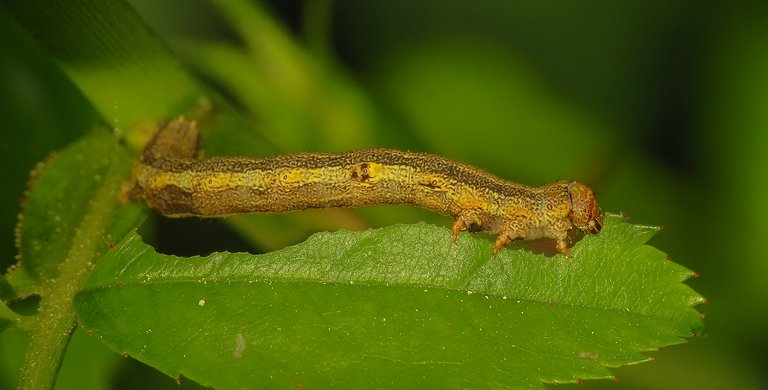
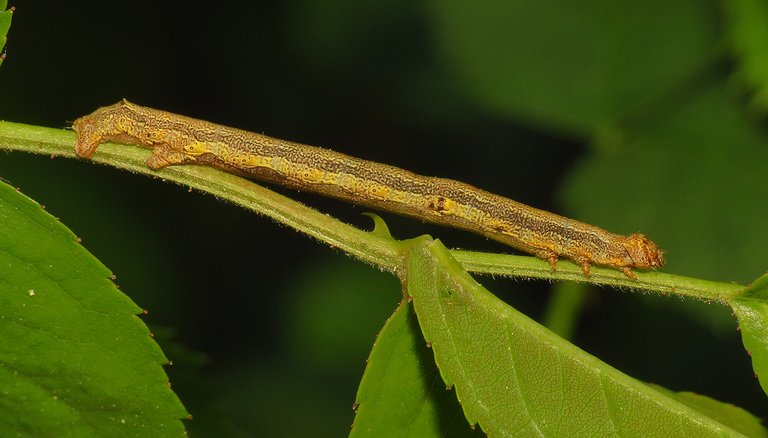
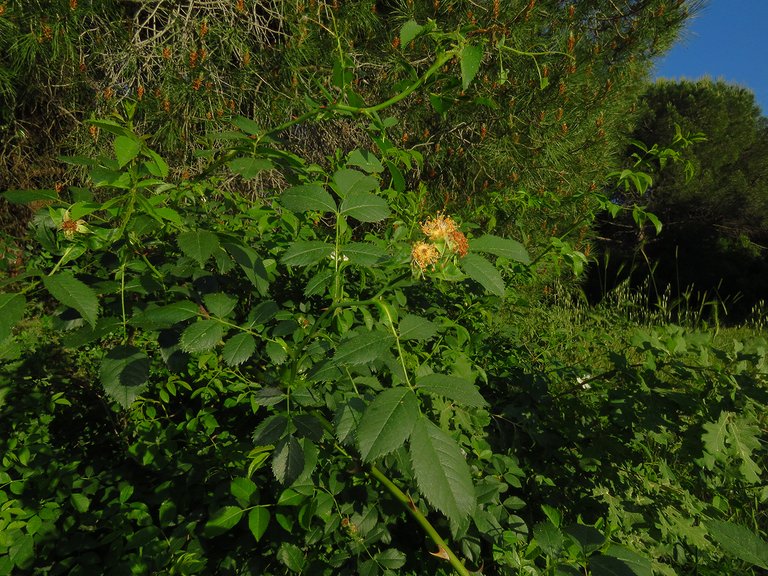
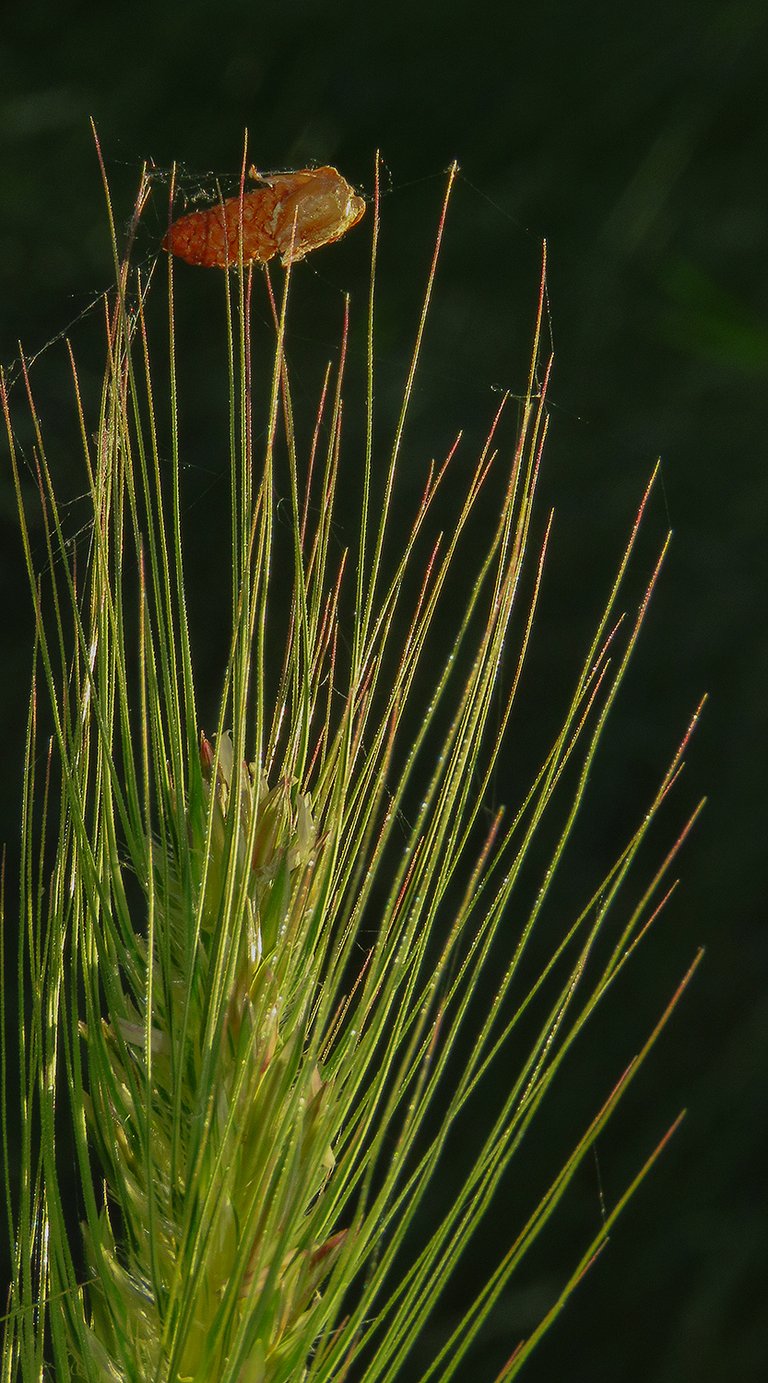

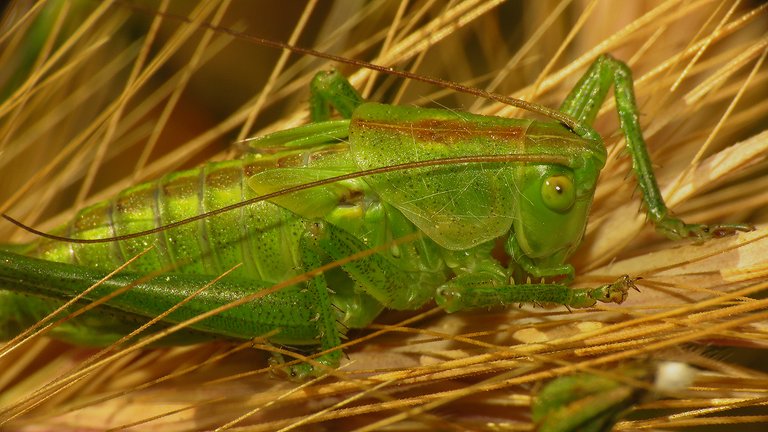
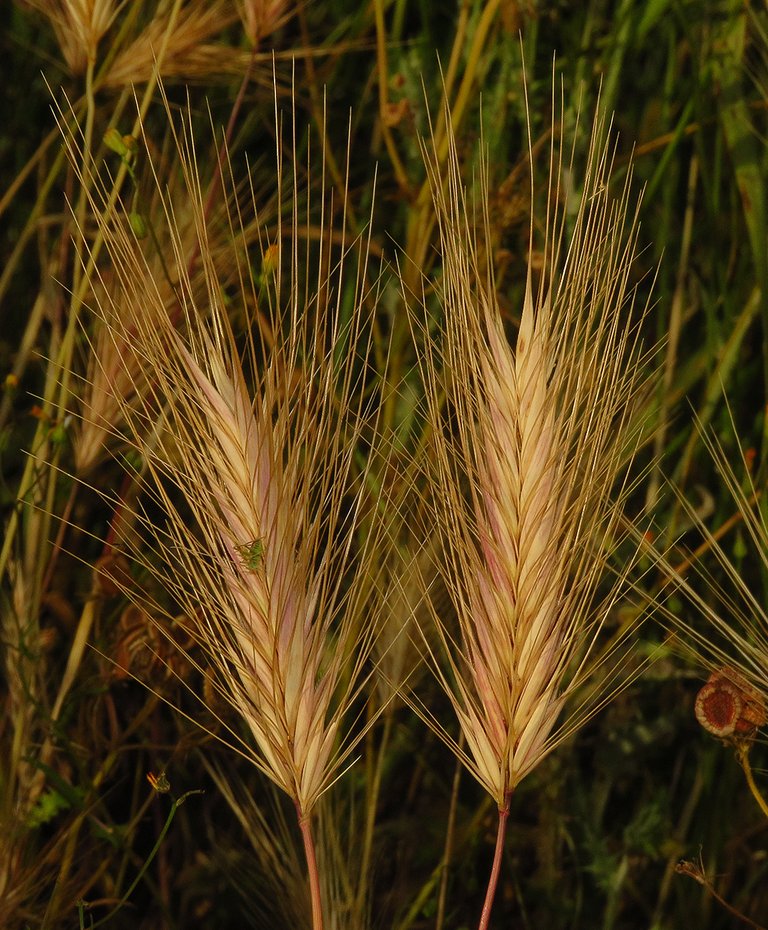
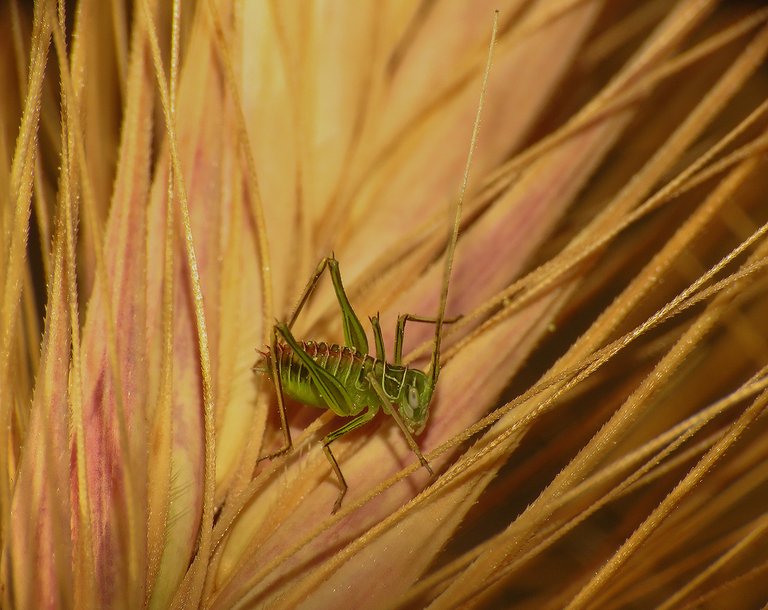
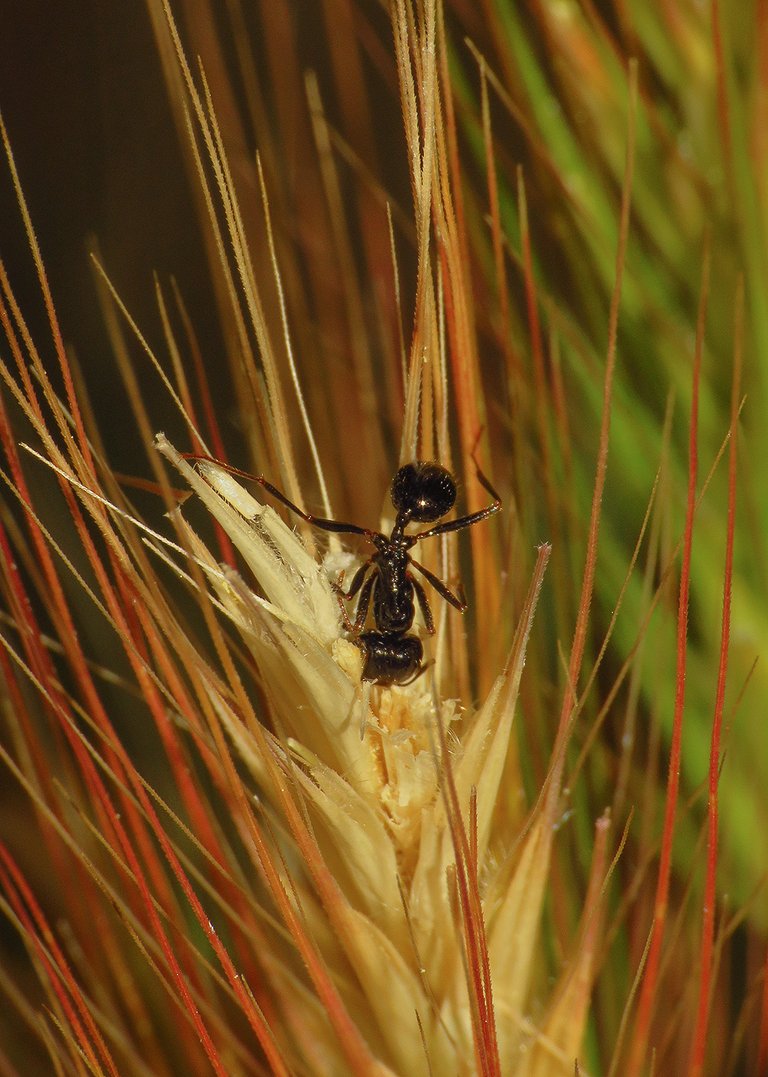
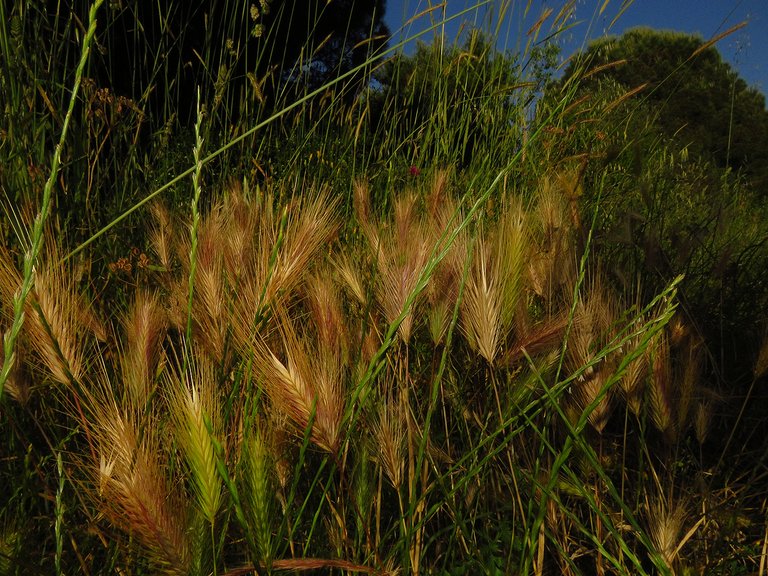
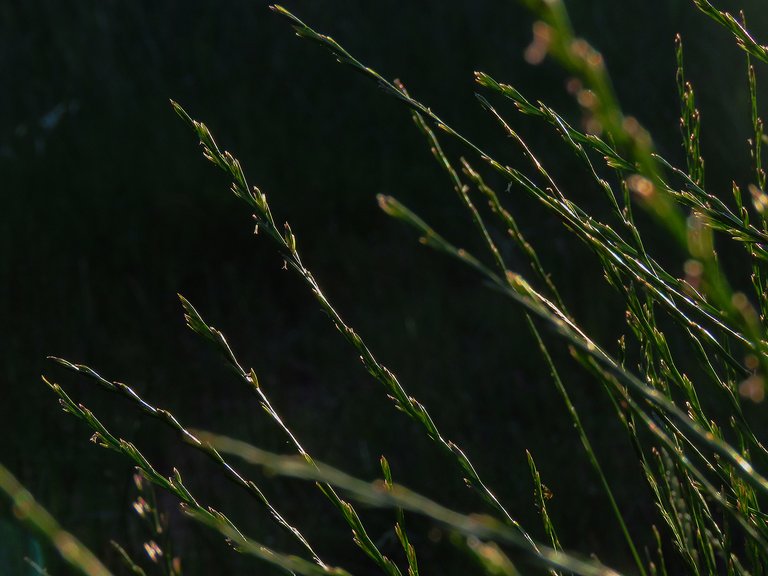
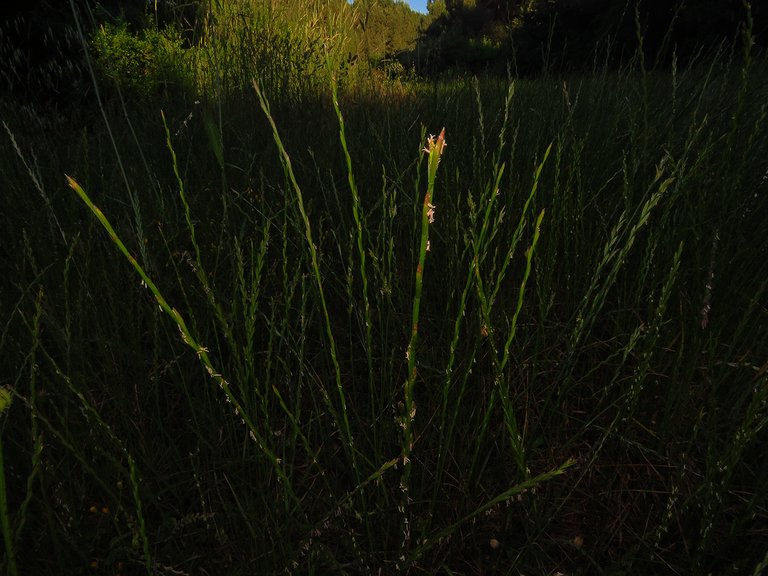
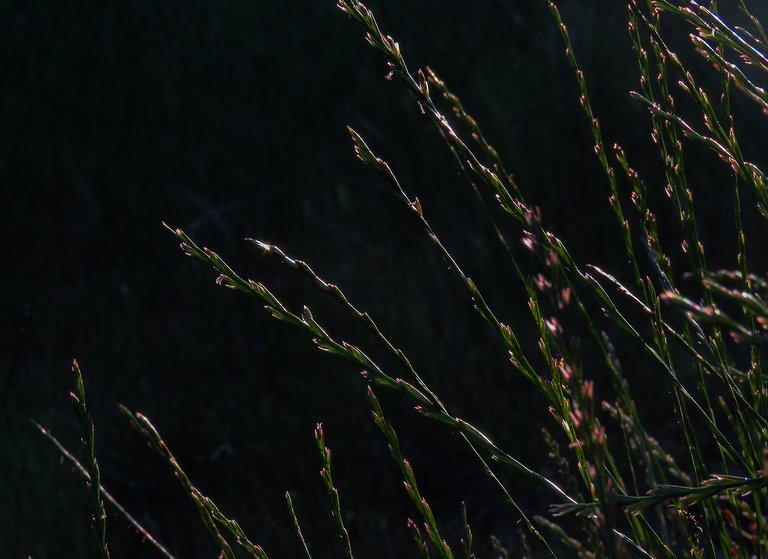
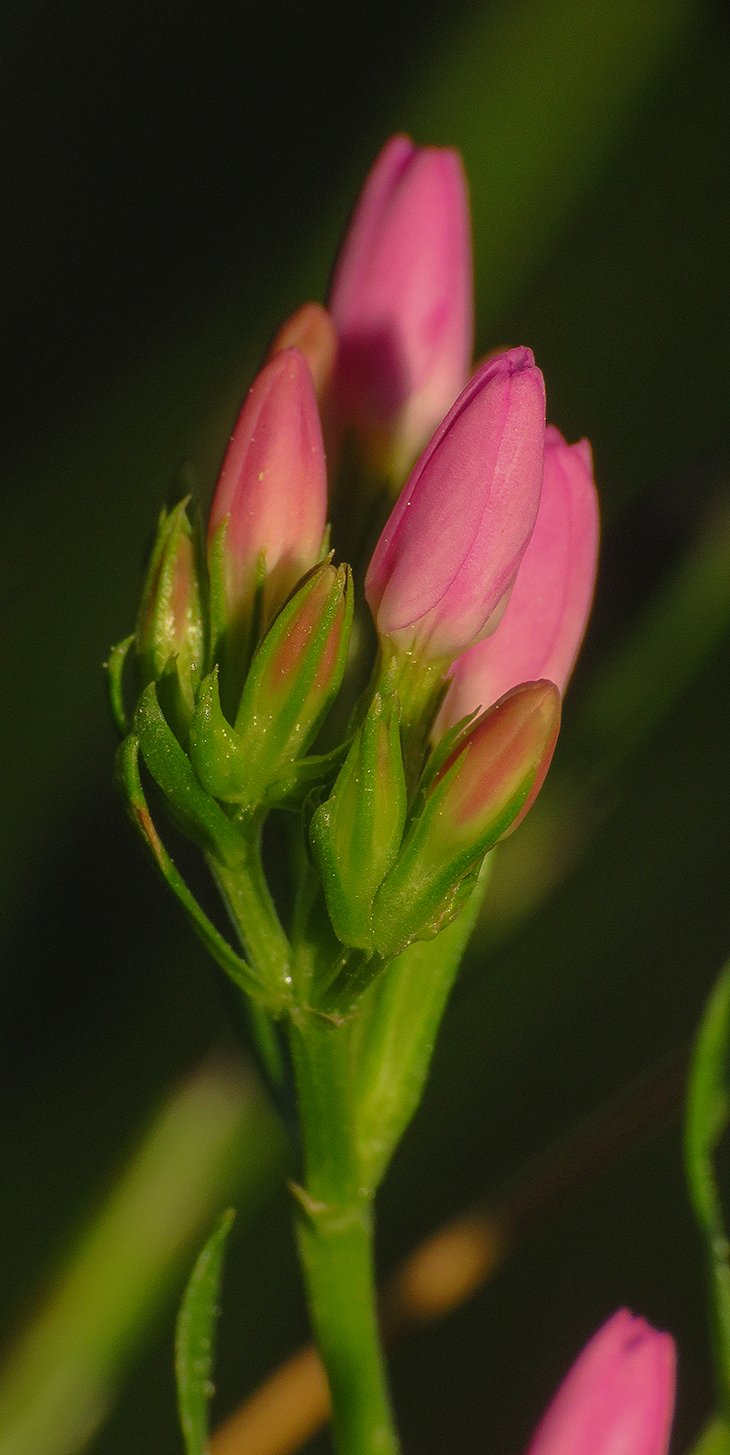
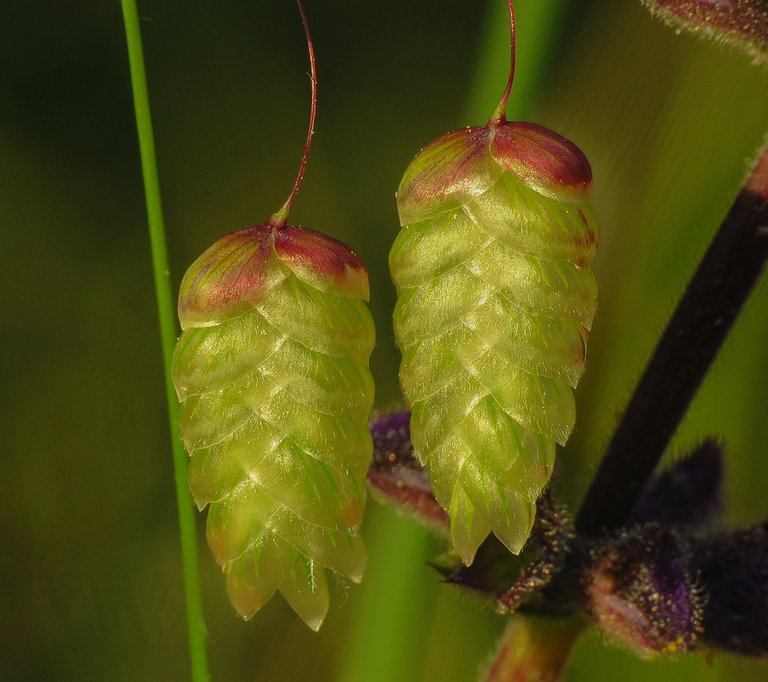

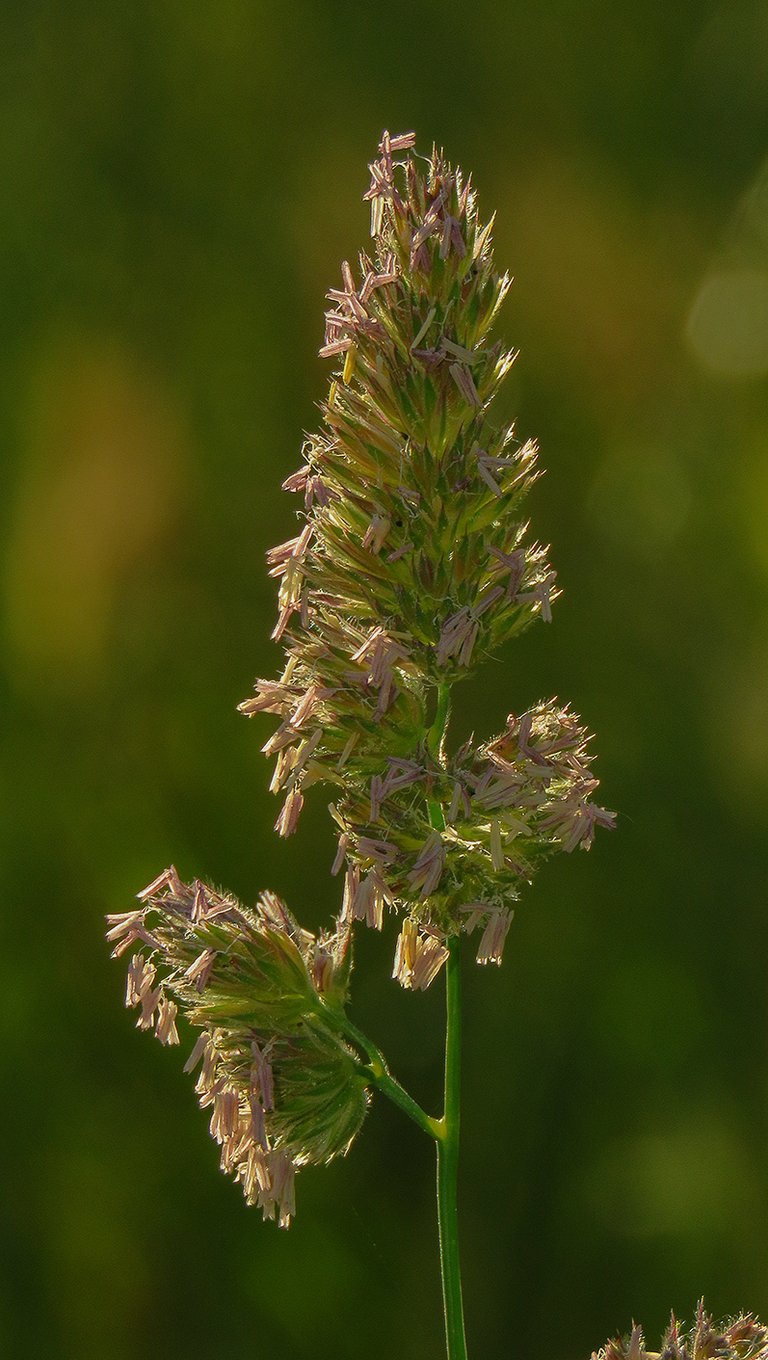
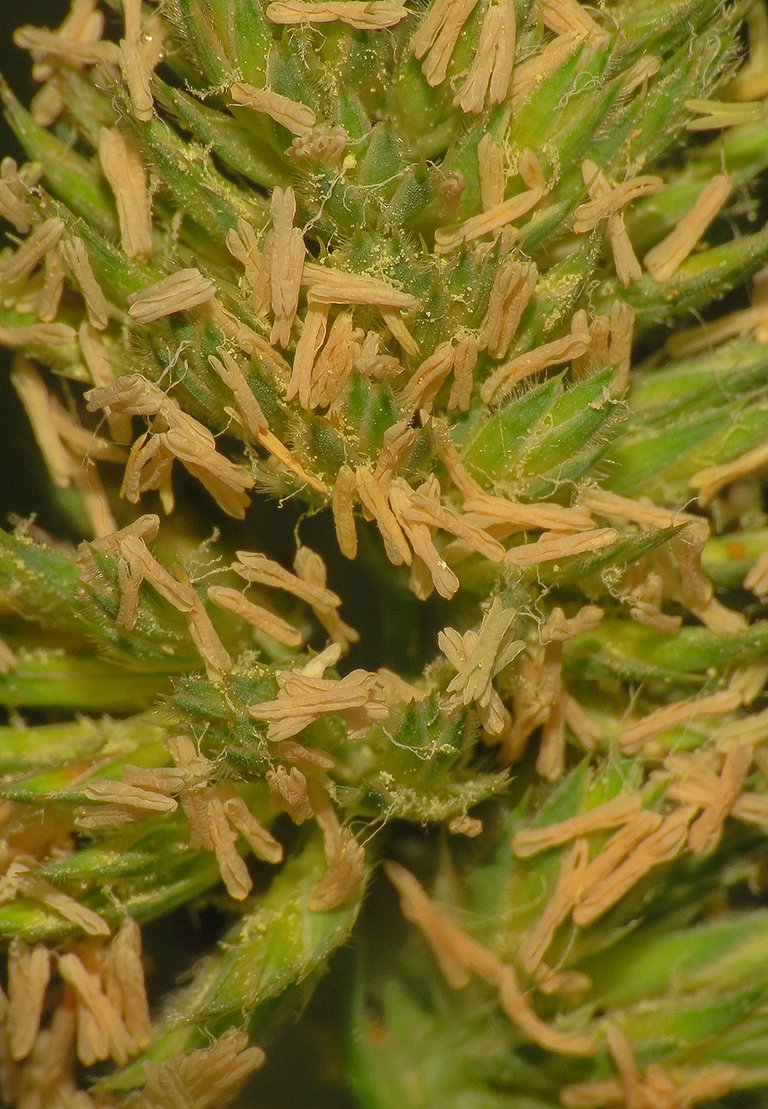
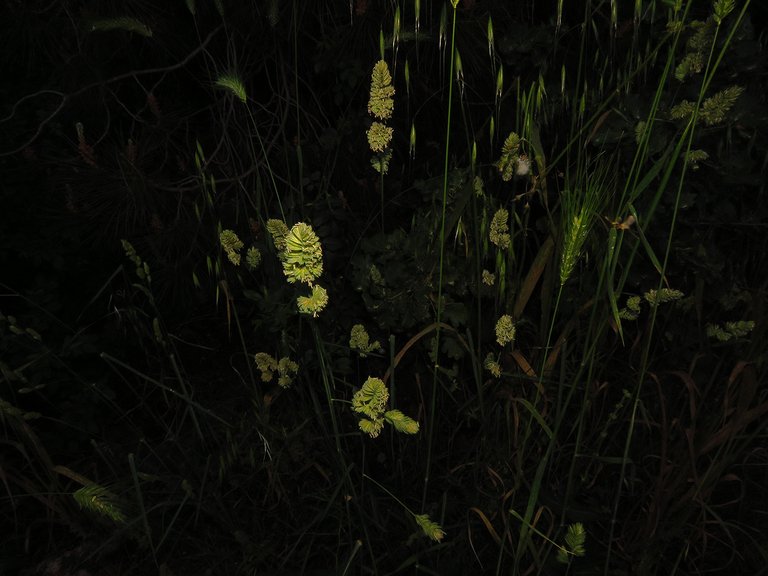
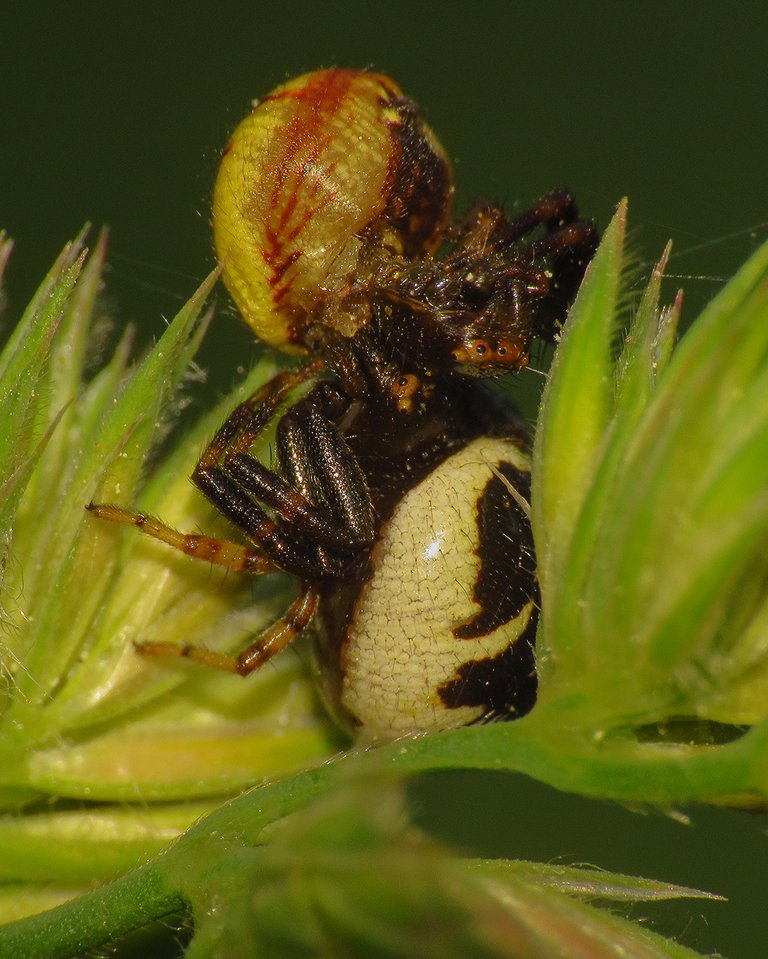
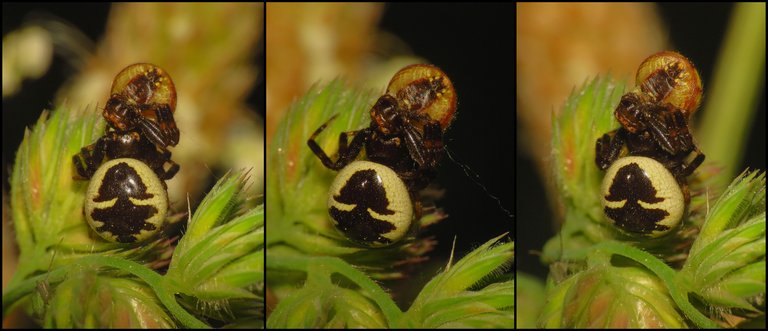

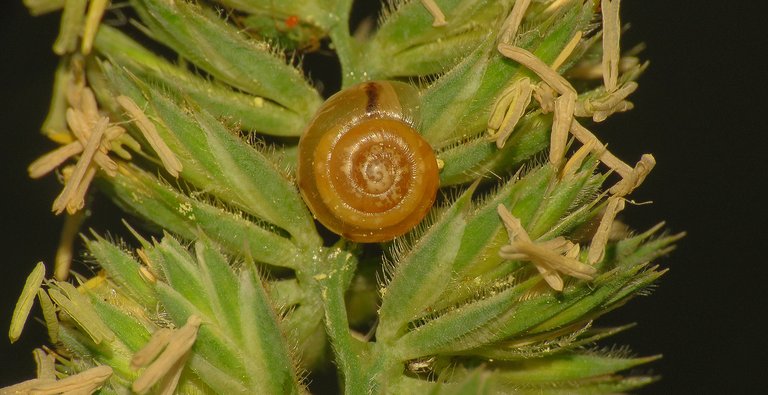
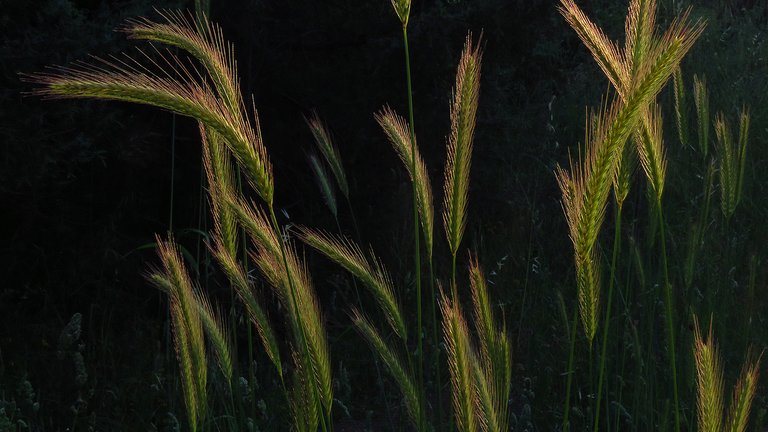
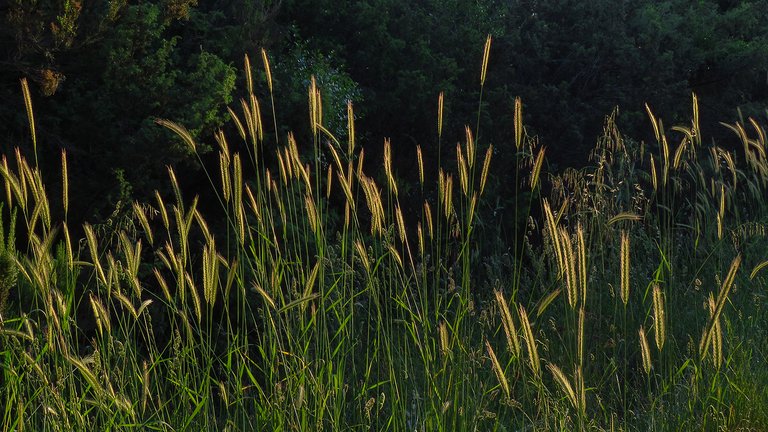

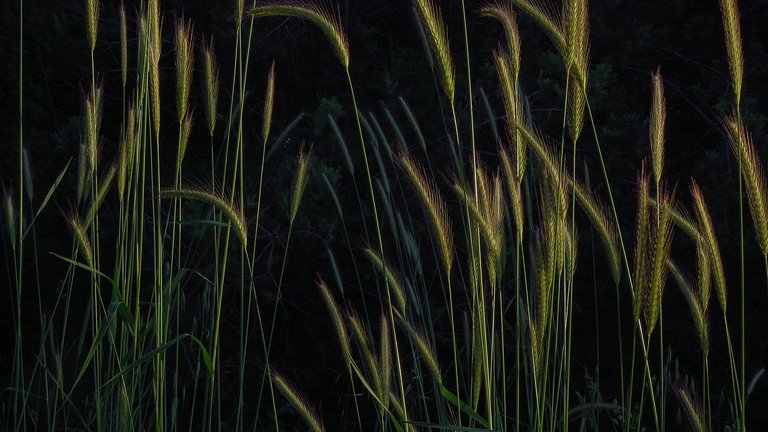
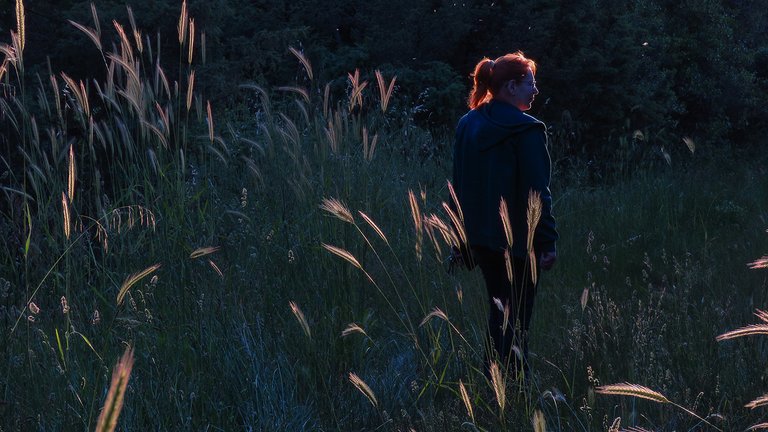
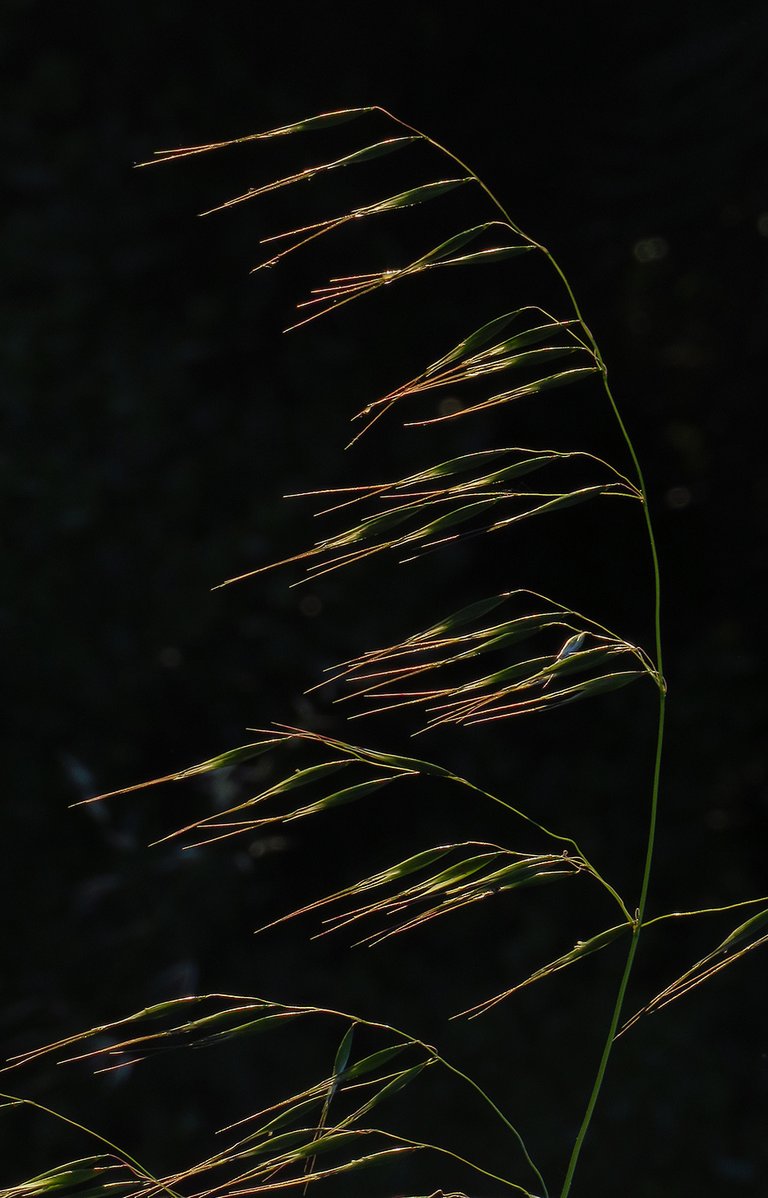
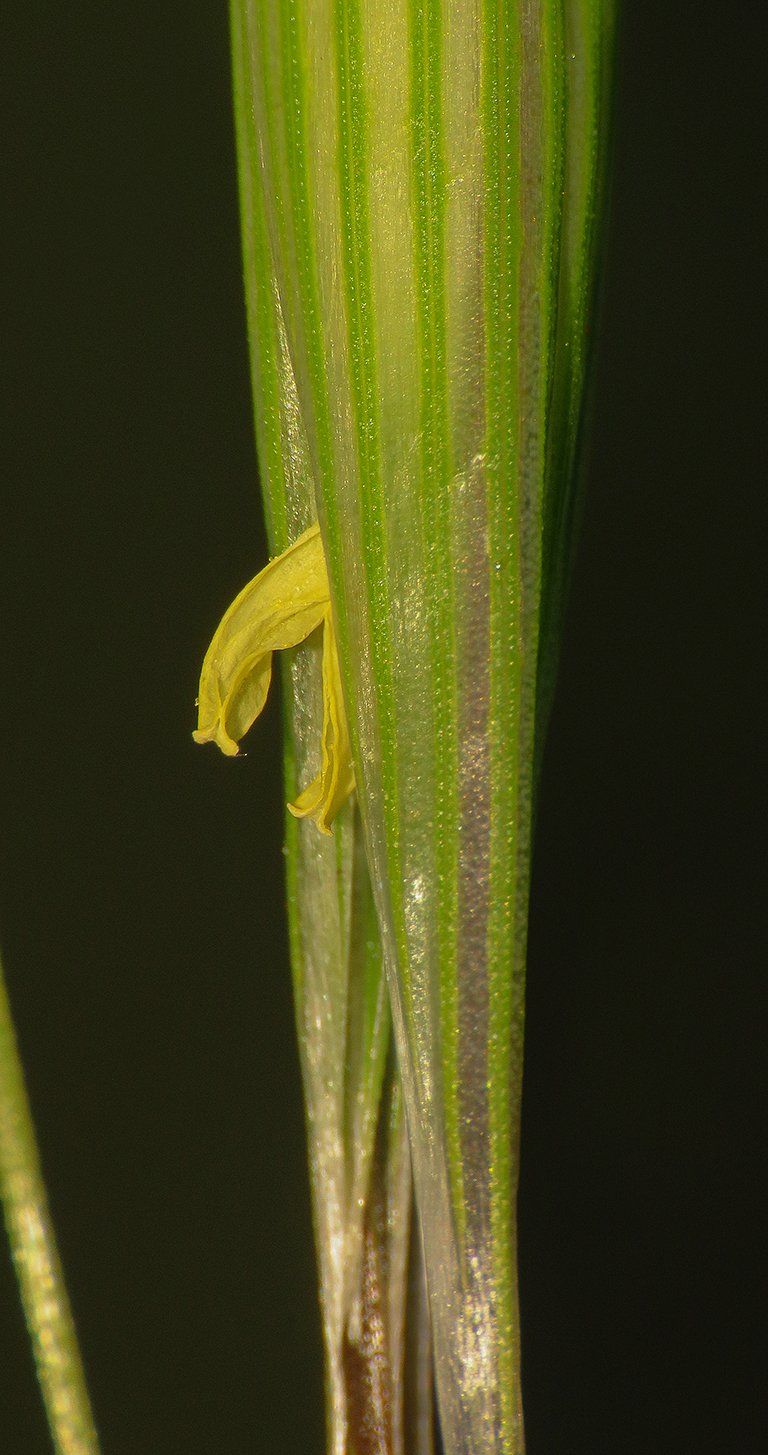
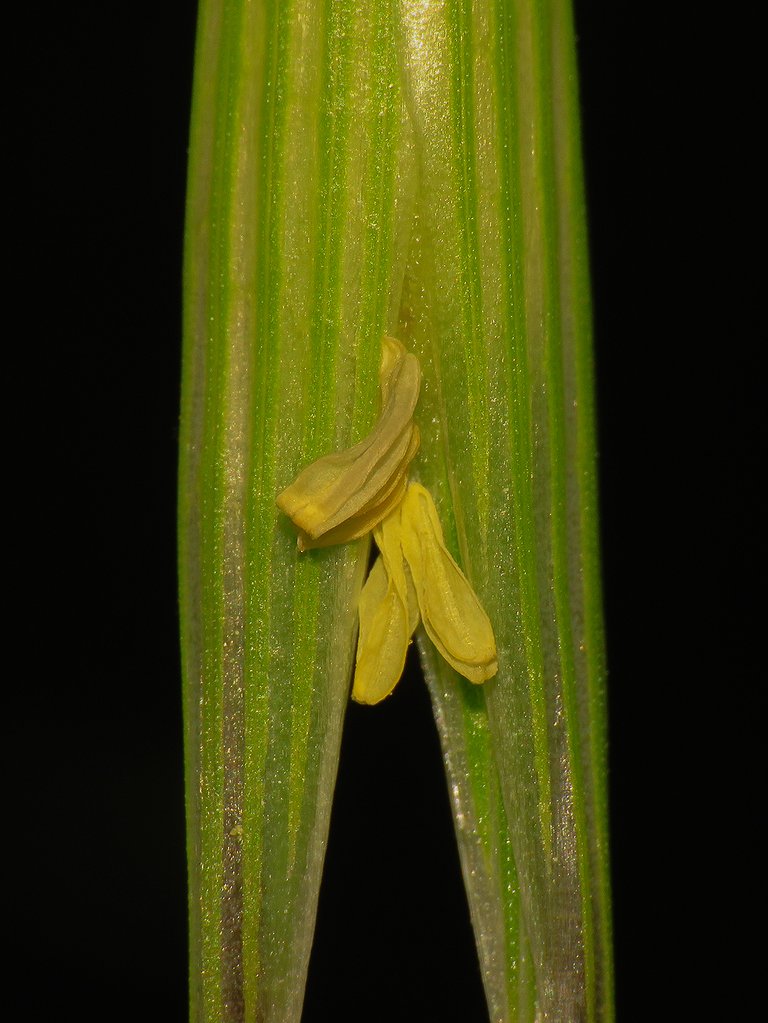
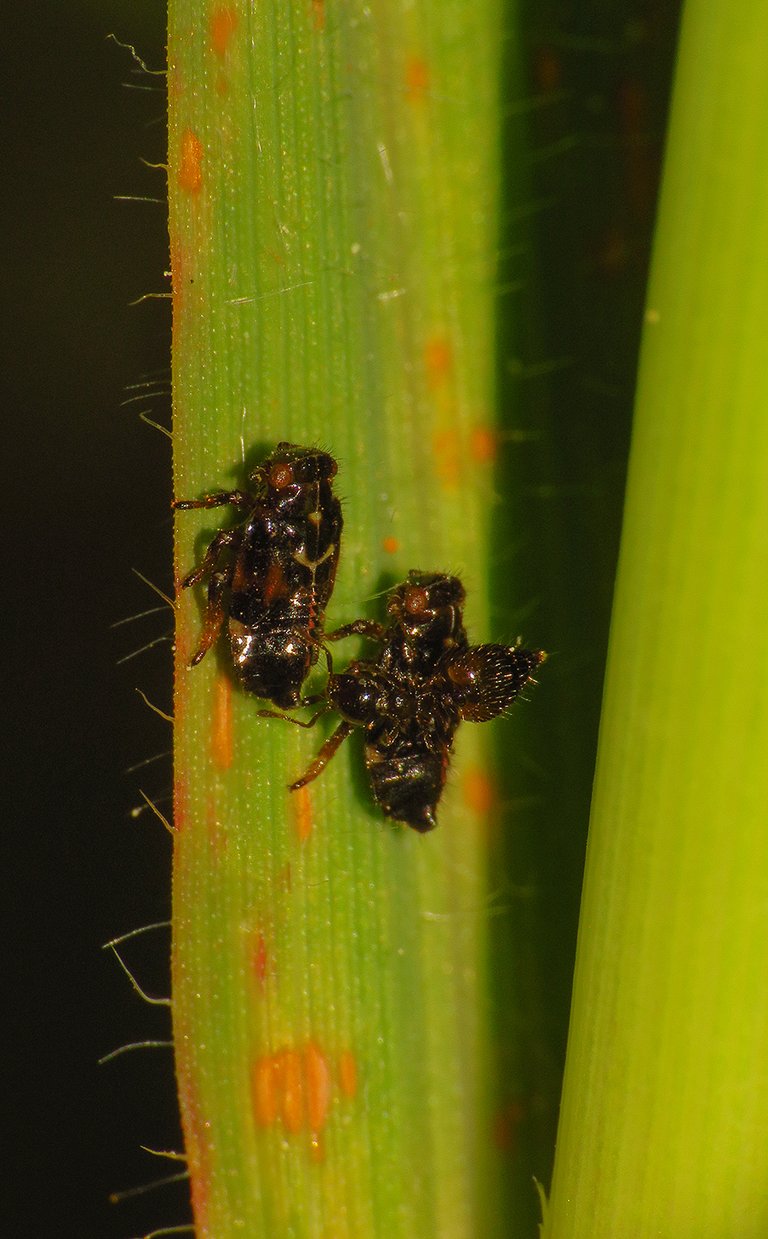
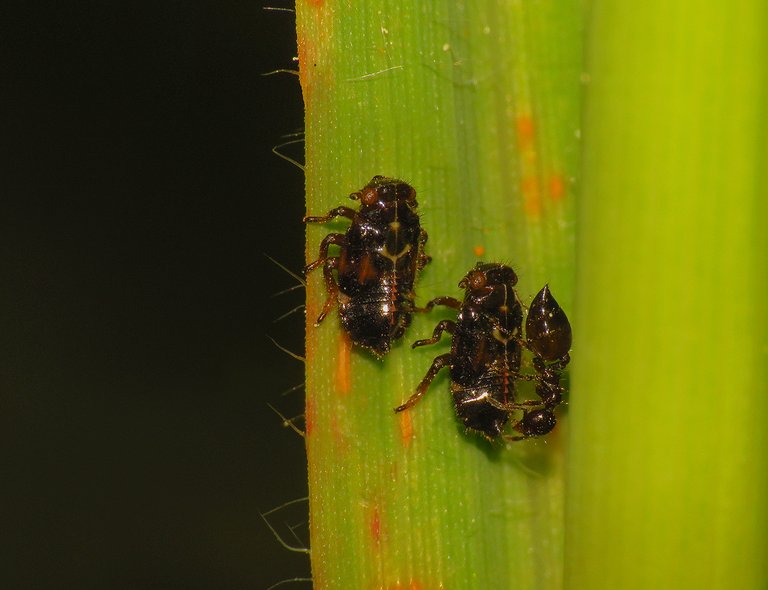
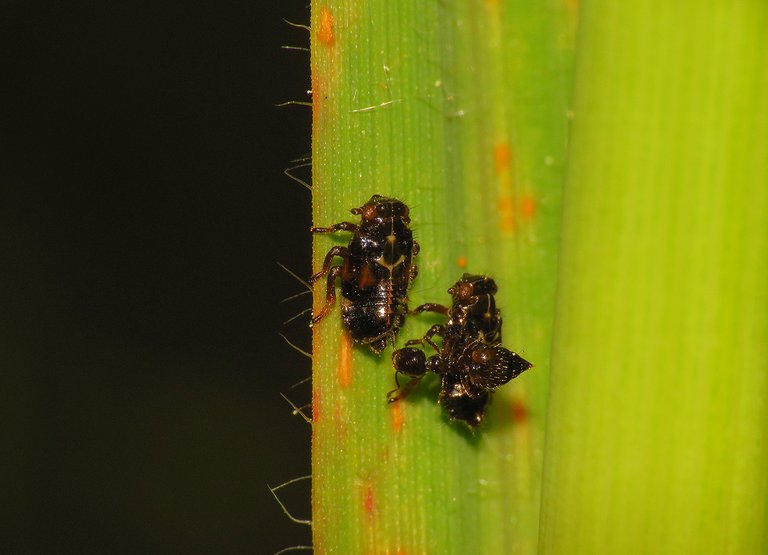
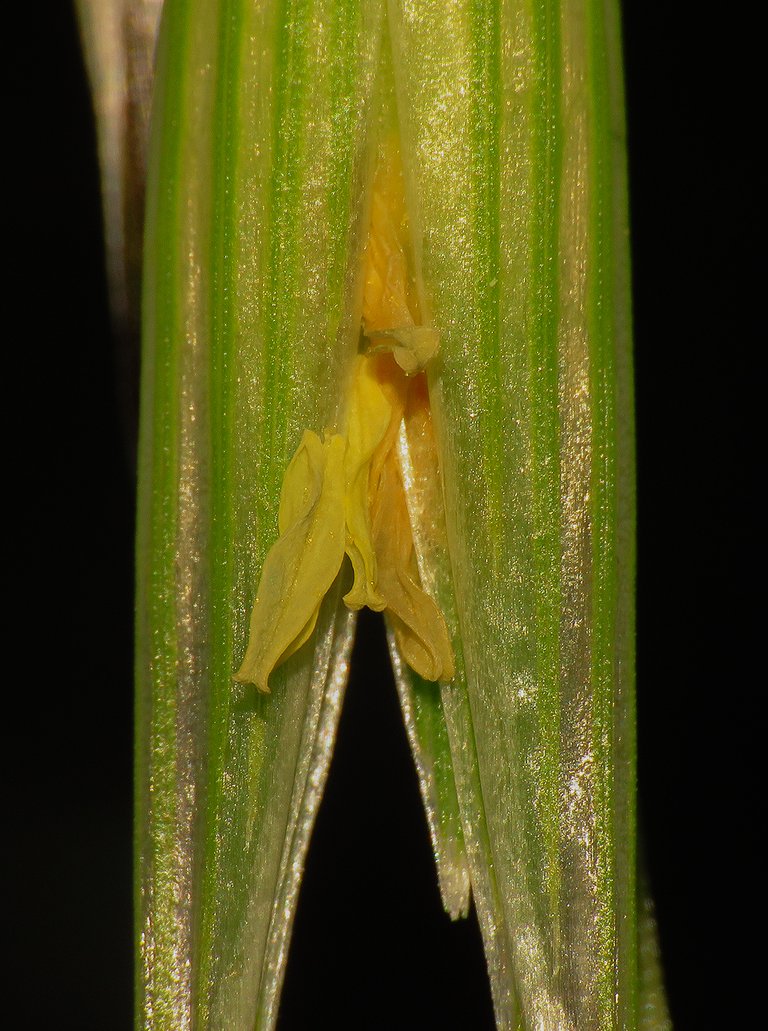
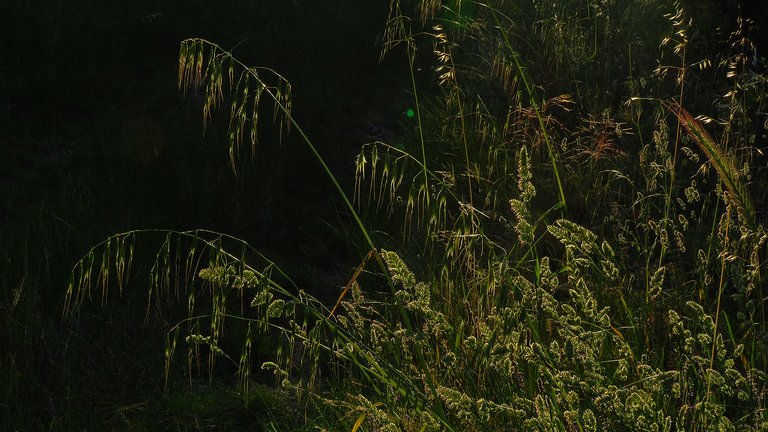
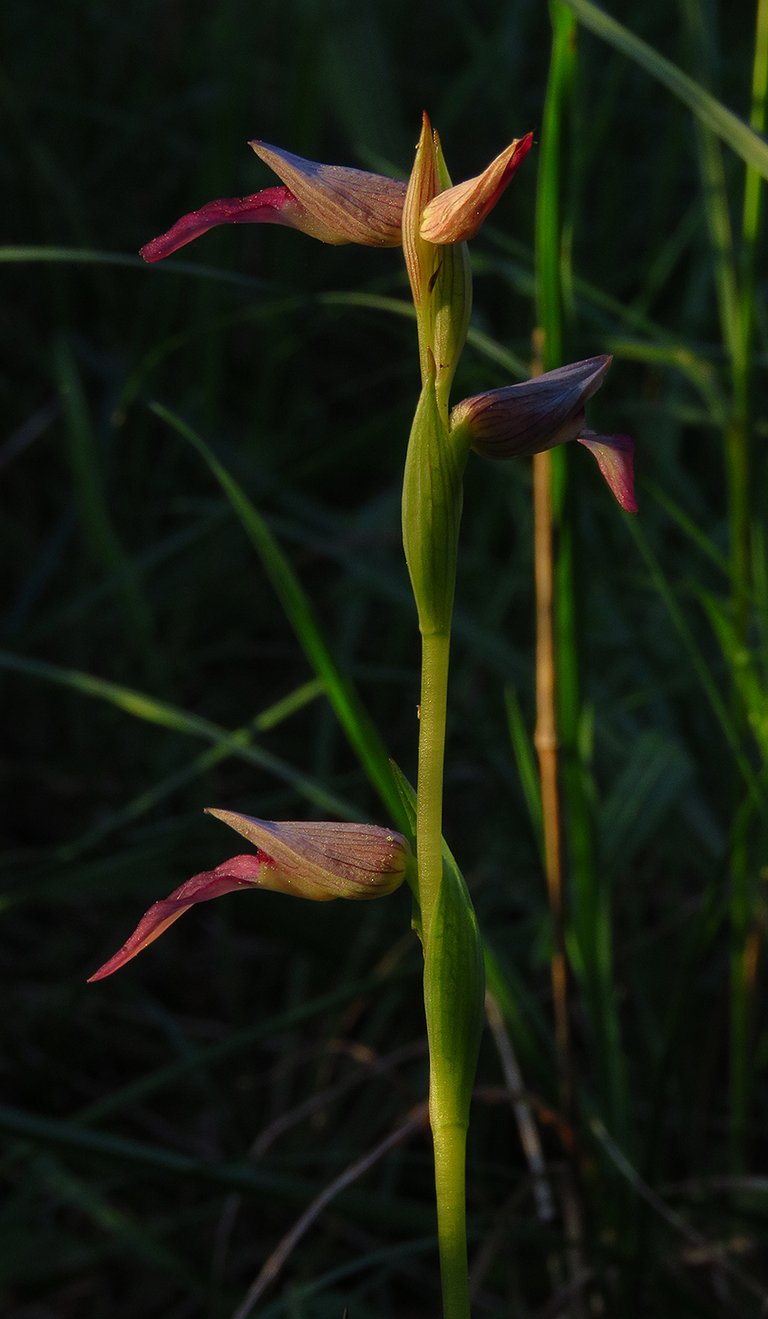
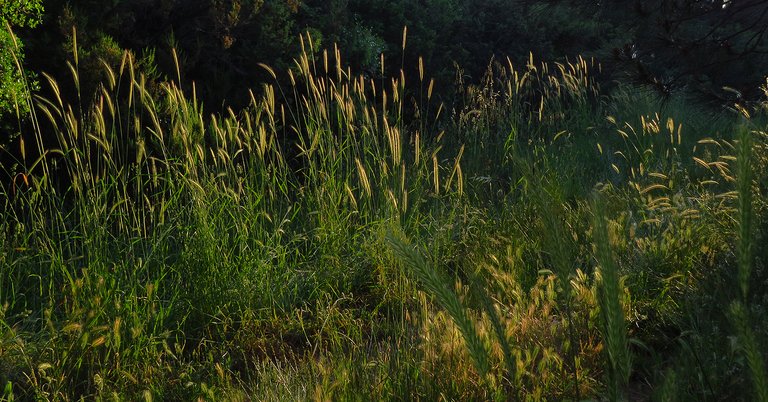
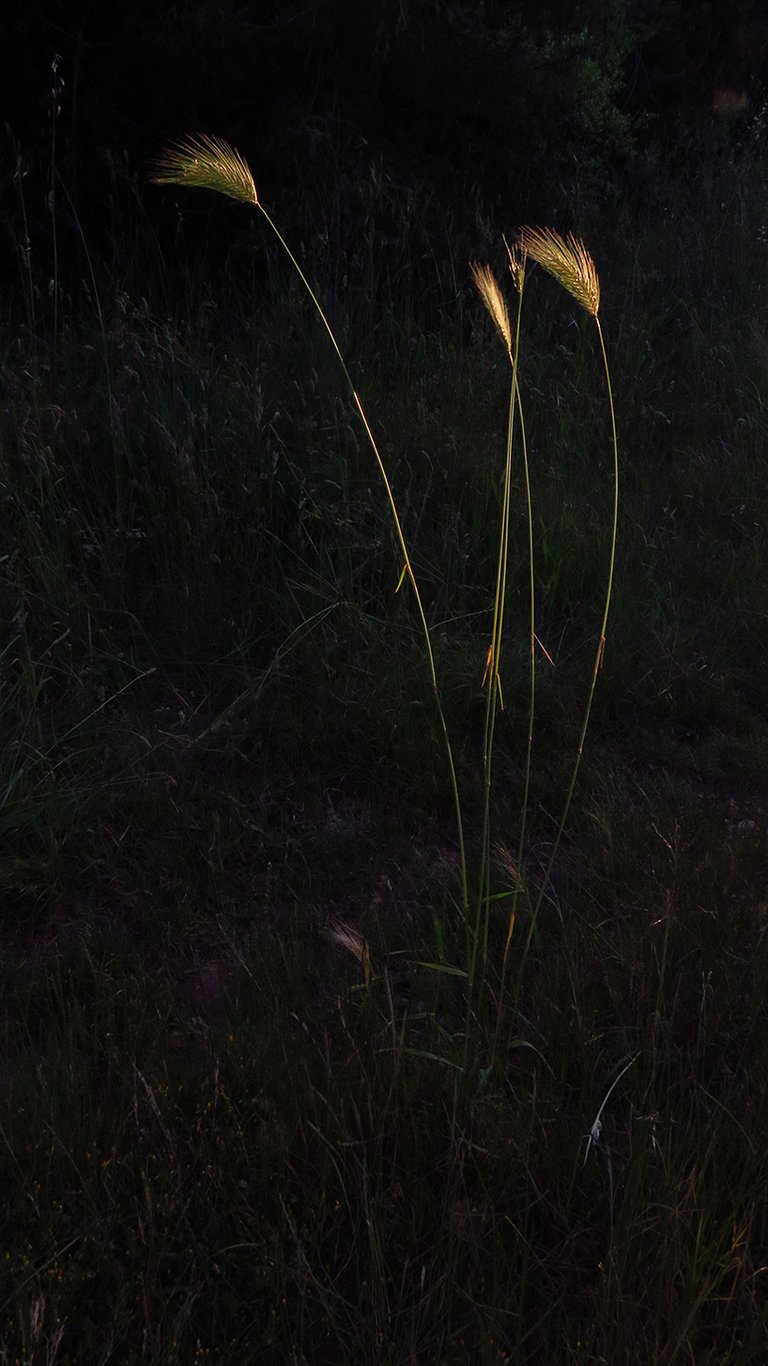
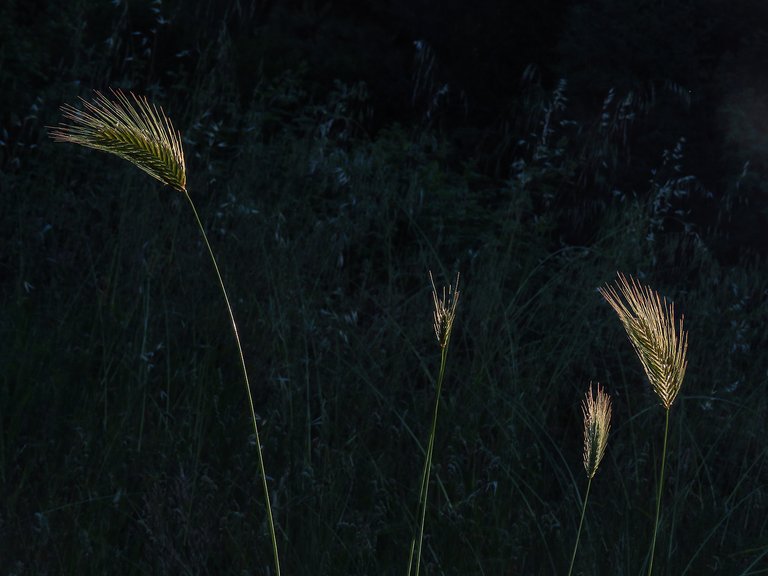
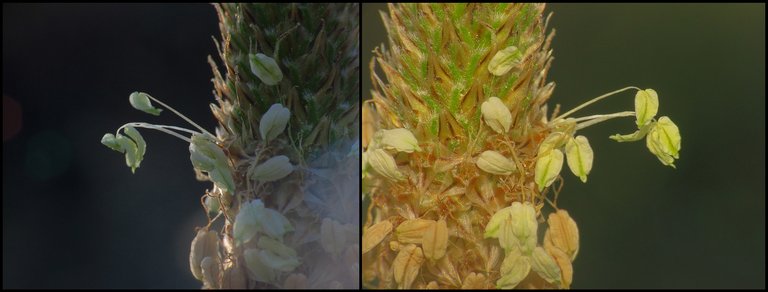
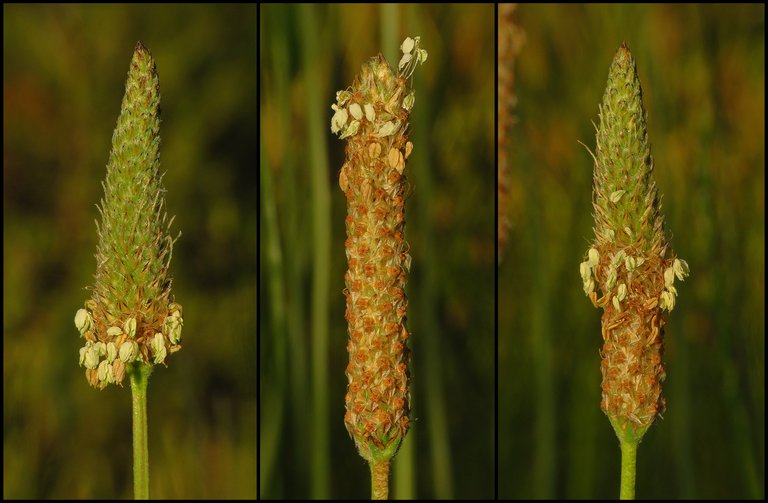
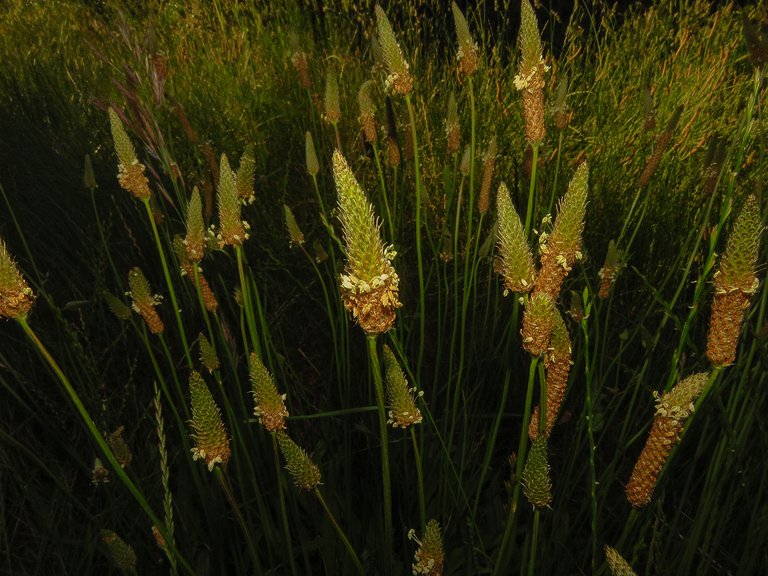
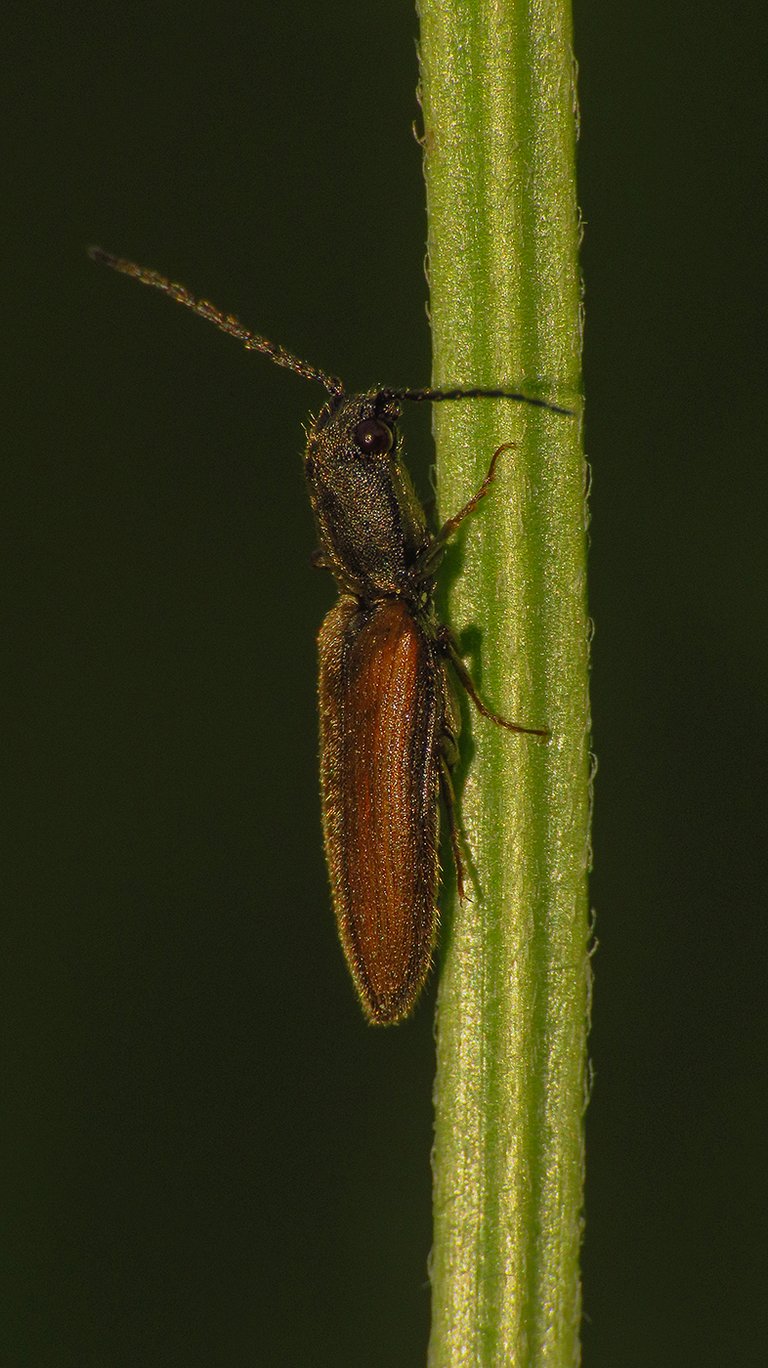
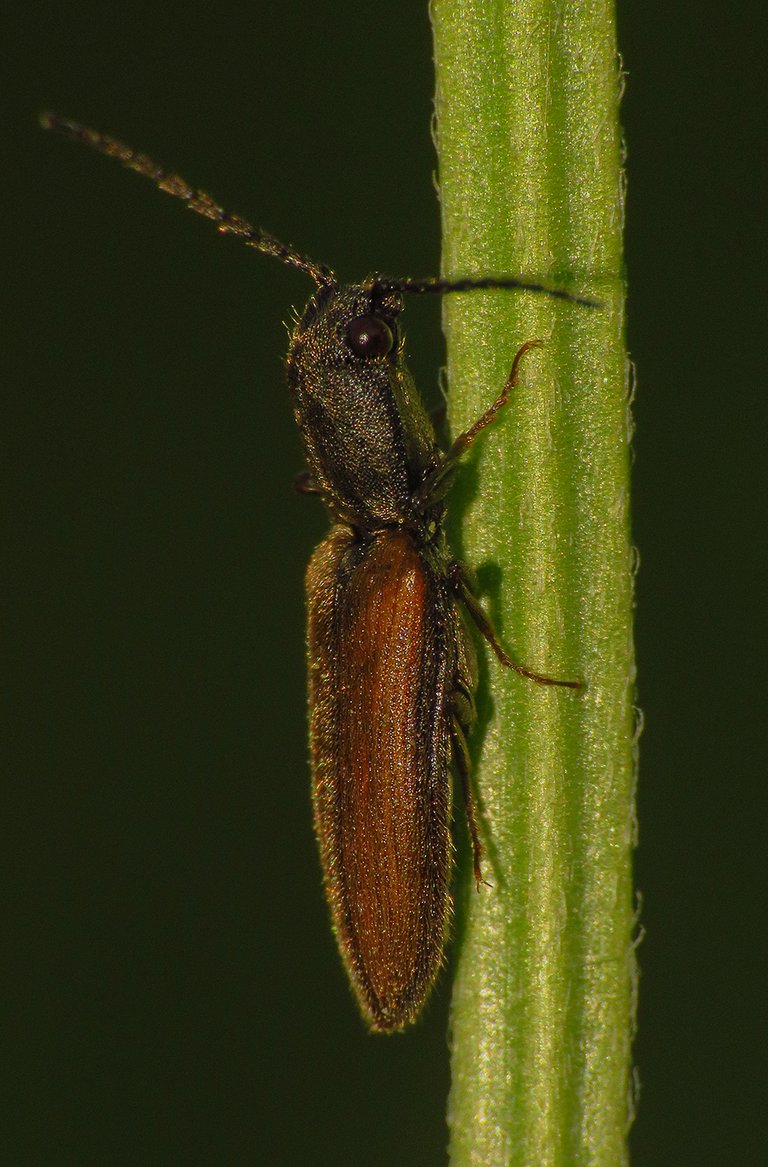
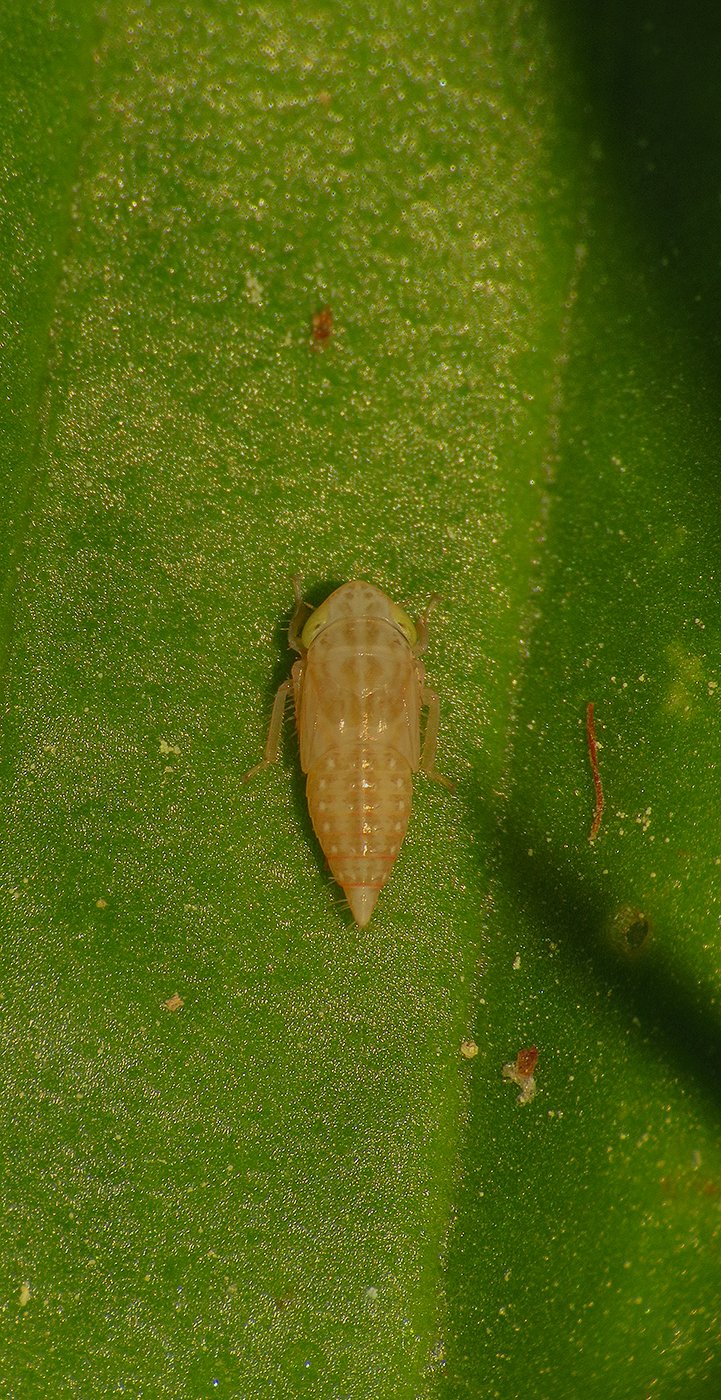
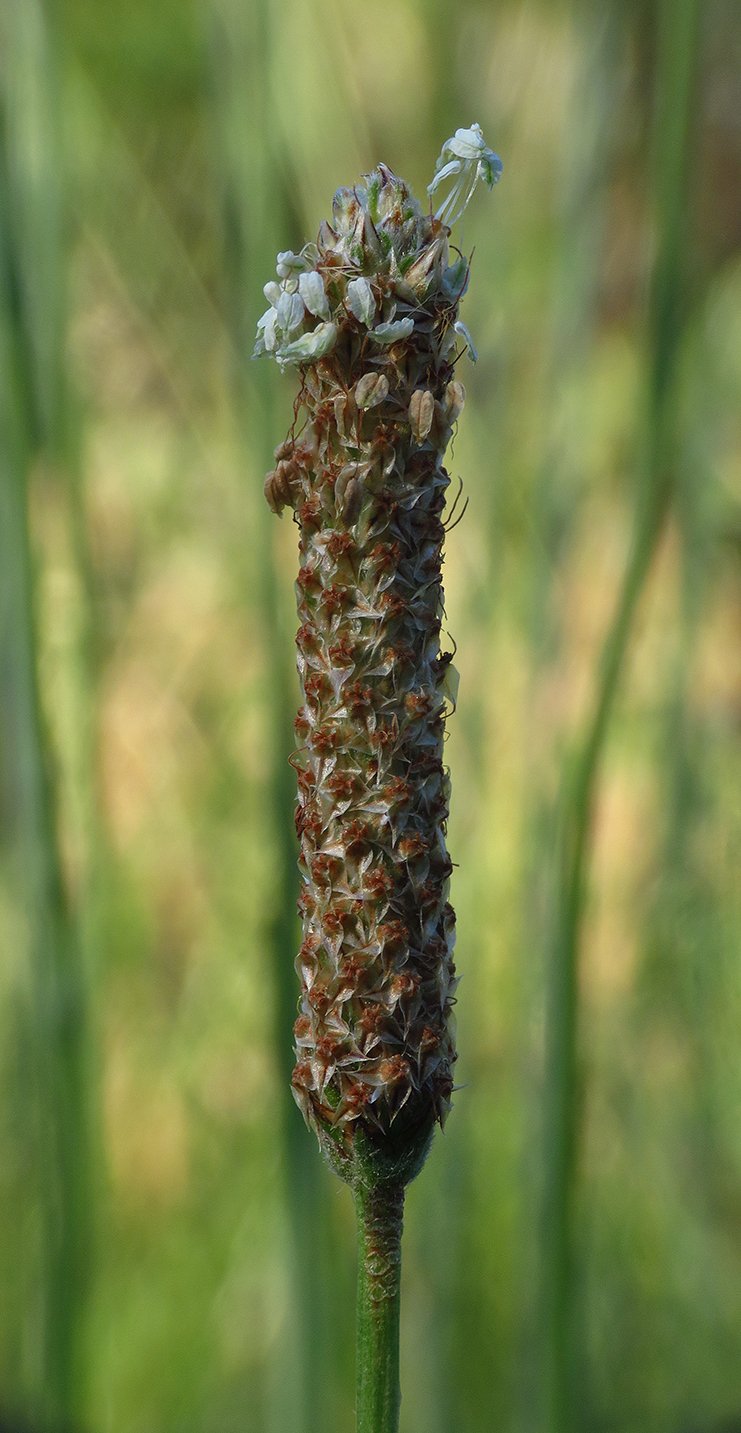
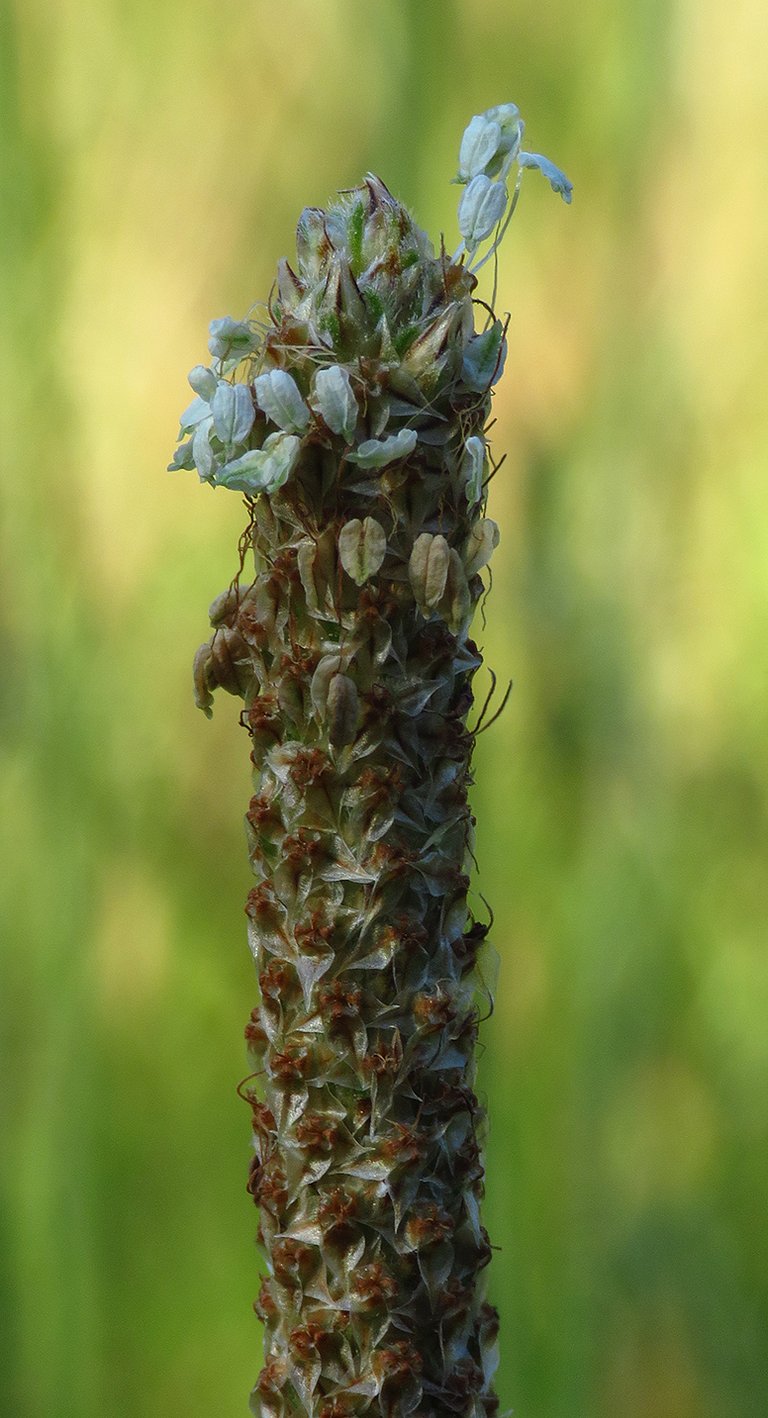
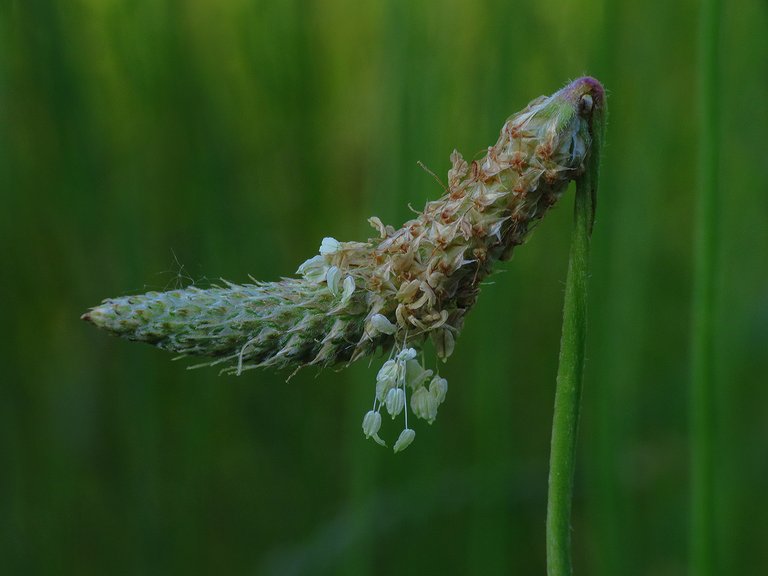
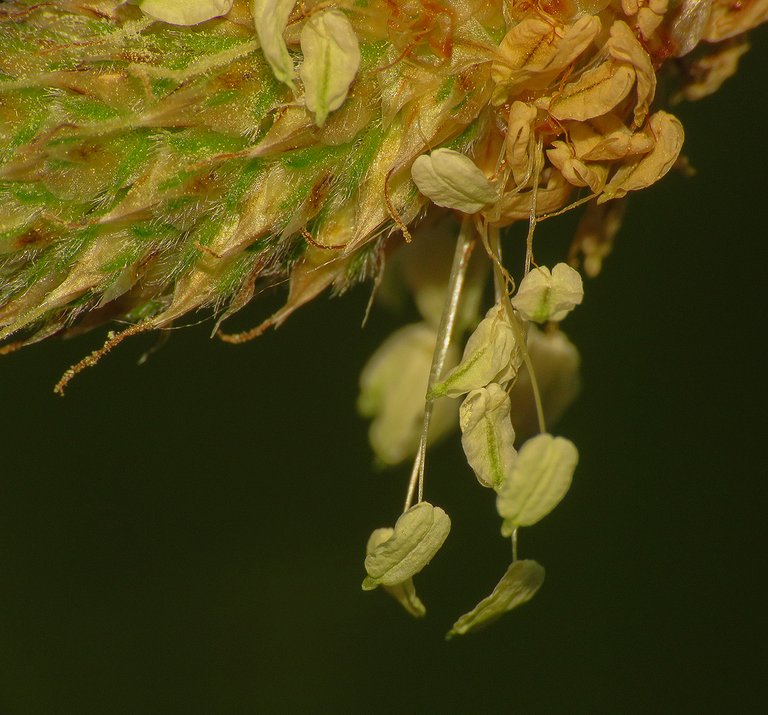
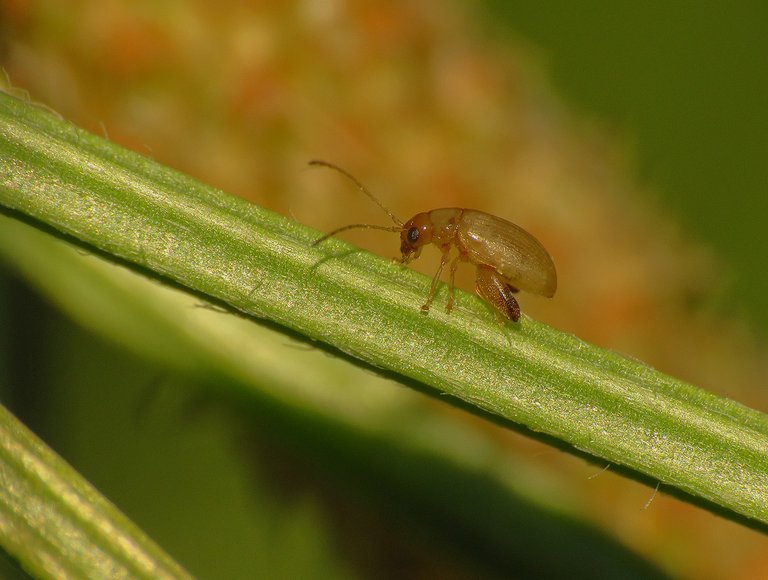

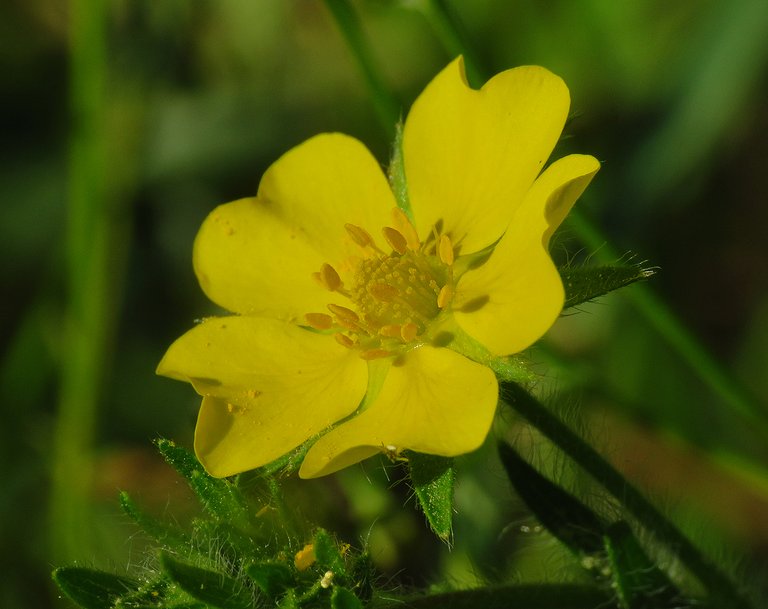

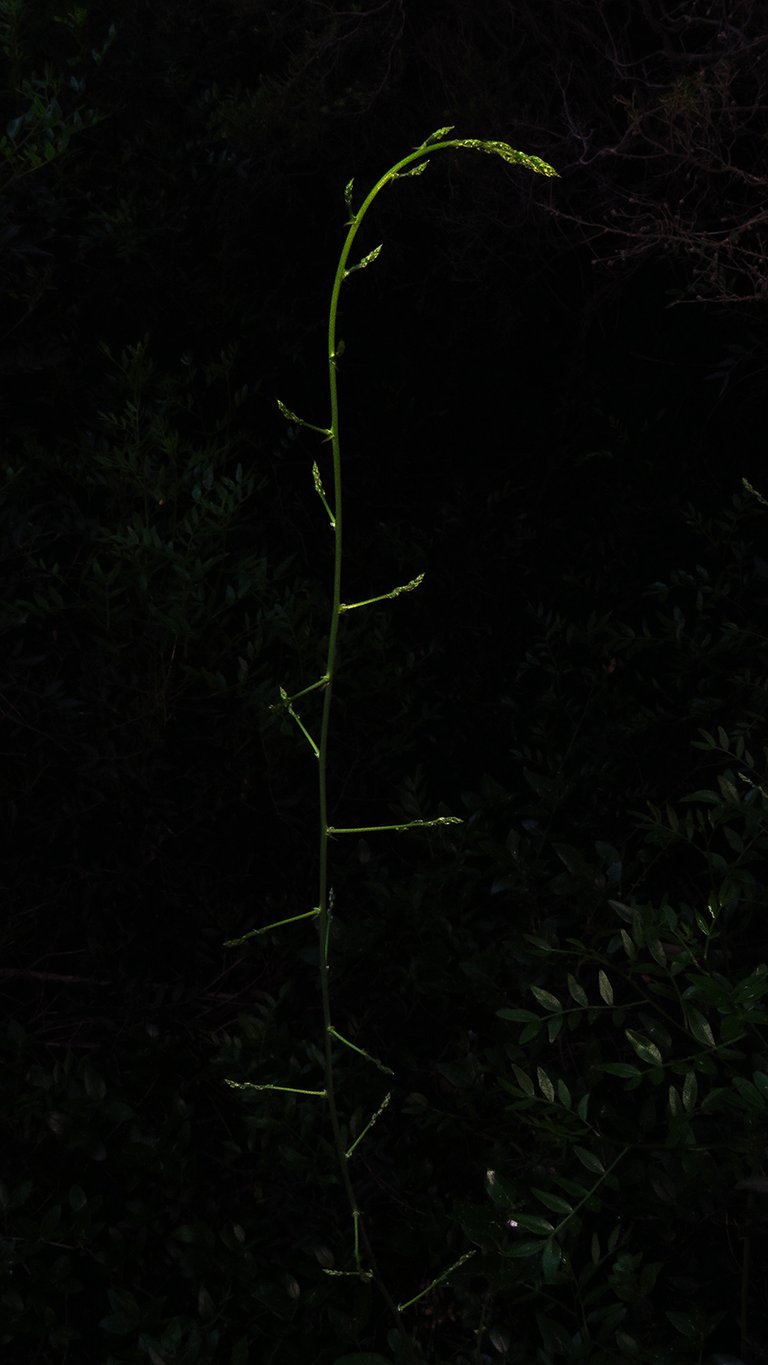
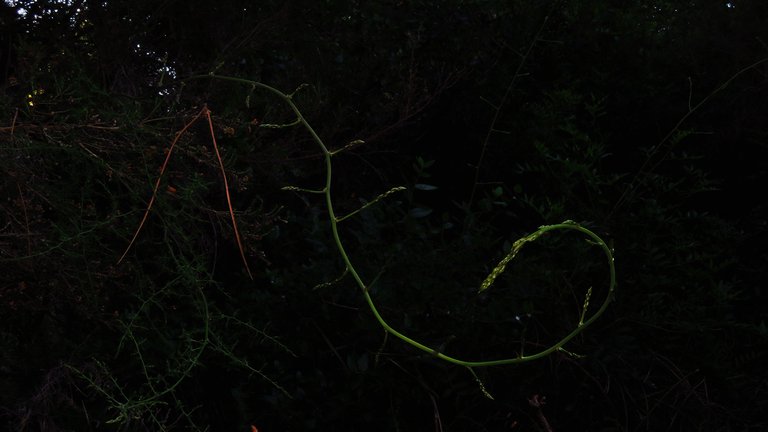
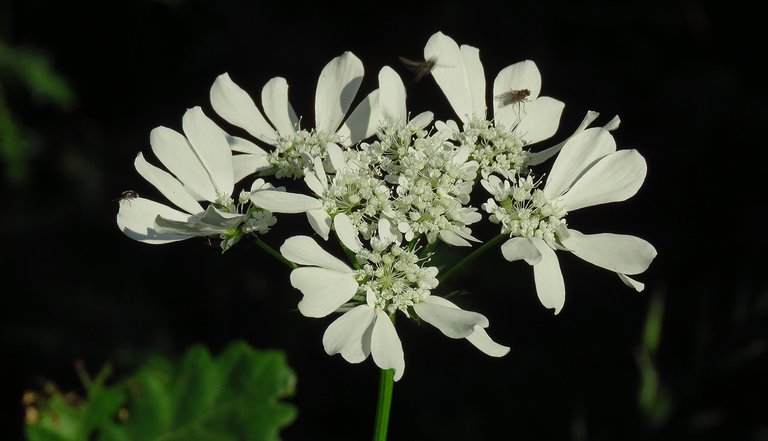

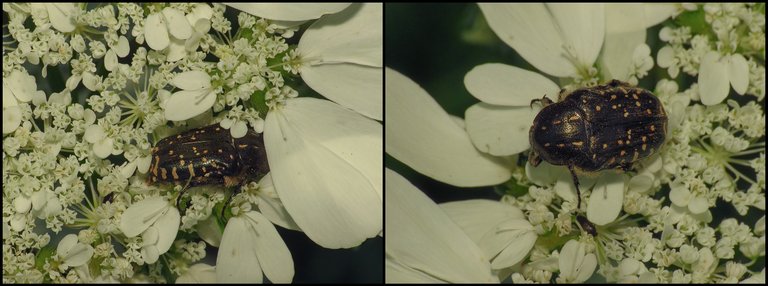
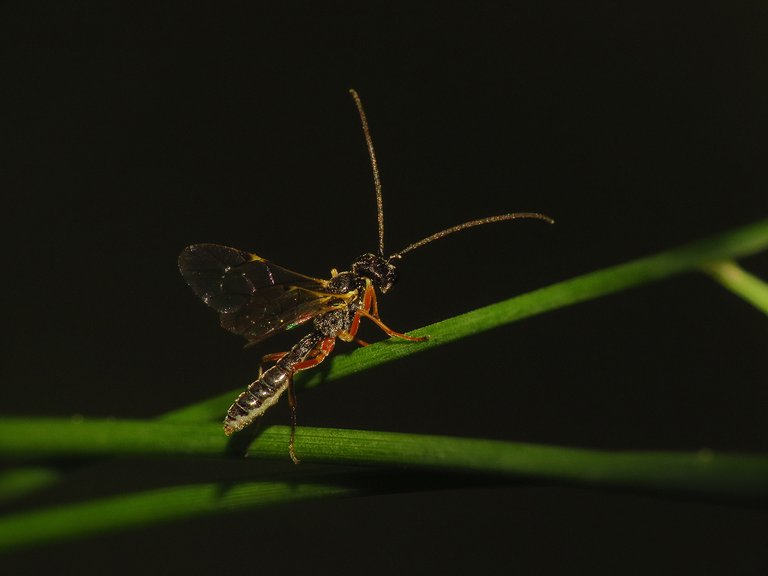
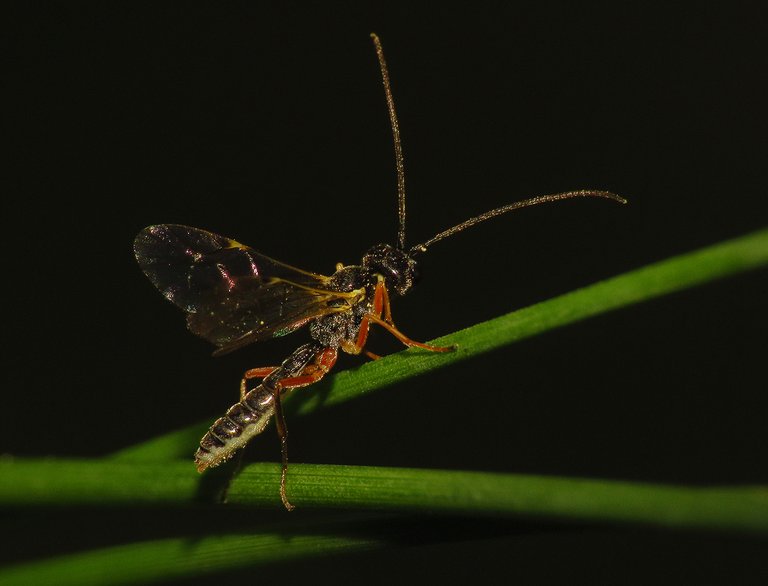
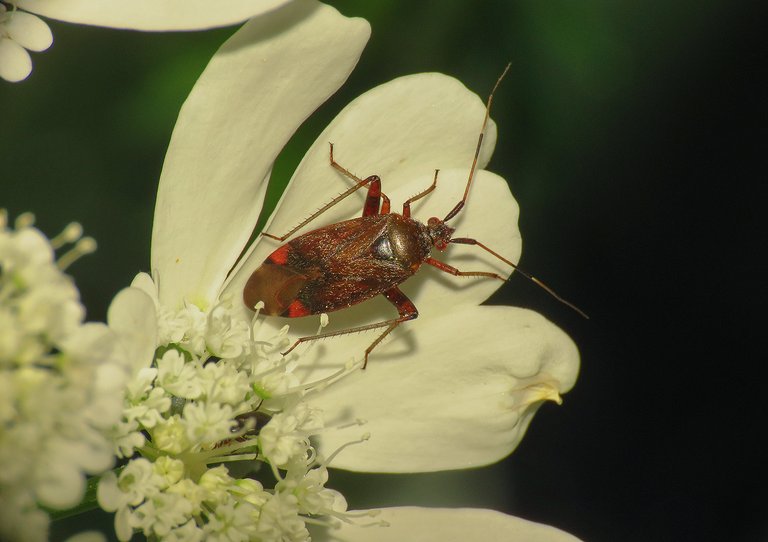

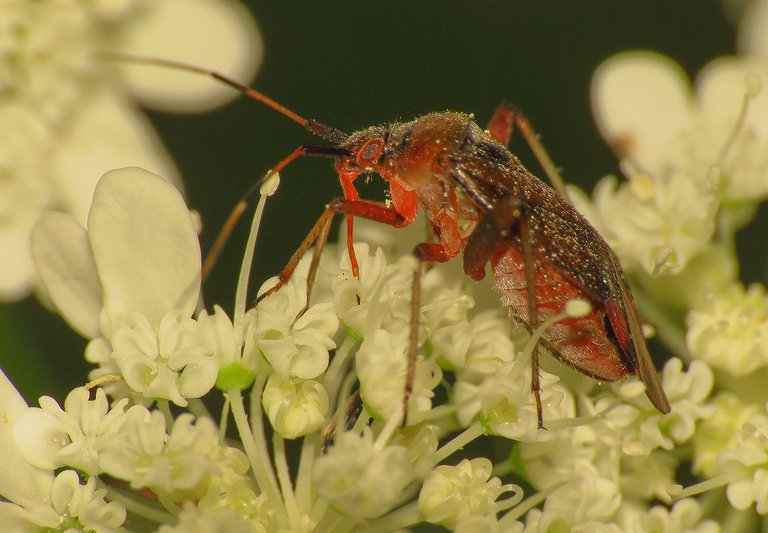
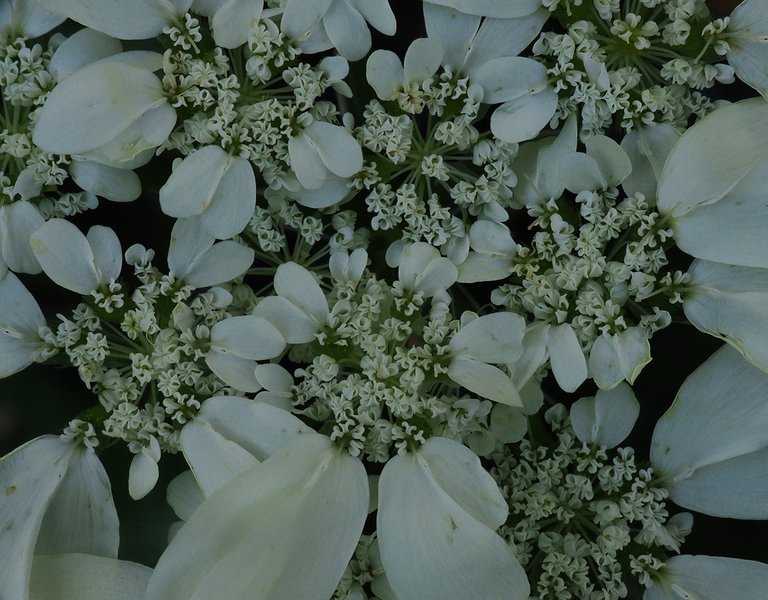
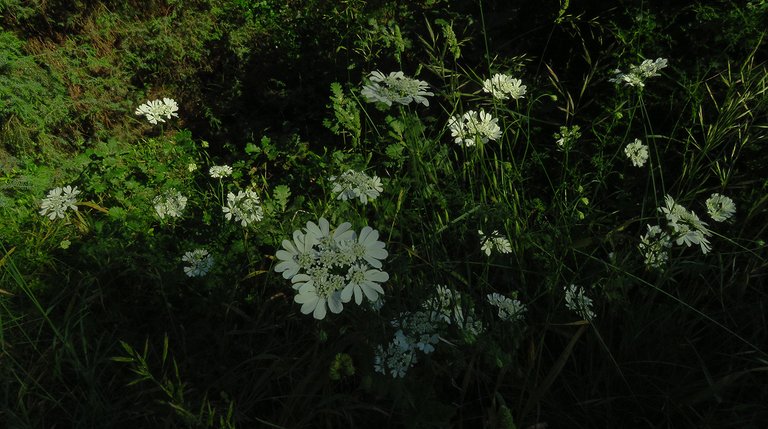
😍
😀
A great nature trip! Your photos and descriptions tell a living story. It is truly admirable to highlight such interrelationships between plants, insects, and the environment. I especially enjoyed the analysis of the Orlaya grandiflora flower, sawfly larvae, and planthopper–ant relationships.
Your post was absolutely informative and beautifully presented. I look forward to more such content in the future!
@tipu curate
Upvoted 👌 (Mana: 38/58) Liquid rewards.
This is such a peaceful and detailed walk through nature. I love how you took the time to notice even the tiniest insects and plants. It’s a reminder that there’s so much beauty in the little things around us if we just slow down and pay attention.
🙂
Thank you for the journey into your natural world, wonderful macro photos that are mesmerizing 😍
🙂
Your post is like a vivid nature travel story! The patience, love, and deep observation you have put into each photo is truly unique. The different trees, grass, insects, and spiders — everything is presented so beautifully that it feels as if the reader is there themselves.
Thank you. 🙂 Glad you like the post.
Being close to nature is a privilege only a few enjoy. Thanks for sharing a lot of pictures of insects and flowers . It feels so good just looking at the pictures.
https://x.com/jewellery_all/status/1946926435299414082
Lots of good critters captured in this post.
There are a lot of beautiful flower and nature photography. You have captured all those photos are nicely. Really amazing nature photography
Is photography your career or what you just love to do? If it’s not your career, I feel you can have a career in photography
Your pictures are always breathtaking
Not a career, just something I love to do. 😀 But blogging here on Hive feels a bit like some kind of career.
White flowers and insect are truly amazing. I like your photos very much
🙂
Really awesome pics! u must have quite the good lens(s) and camera too. So cool! 😉😎👊
🙂📷🙂

https://x.com/lee19389/status/1947073134399750183
#hive #posh
Wow! You have an amazing post as always with observations and delightful photos! A great walk, I would even say useful, including for all of us. Thank you for sharing it. 👍
🙂
Oh my, I've seen hundreds of caterpillars of different species in my life, but I've never seen this before!... They seem to be "rehearsing a choreography" for your approval dear @borjan friend!... 😀🐛🐛🐛🐛
Amazin nature macro photography work as usual coming from you!... Sending big applause tan thanks for sharing!... Have a great #Hive ♦️ week!
!discovery 35
!PIZZA
🙂🕷️🐞🐛🌹🙂
This post was shared and voted inside the discord by the curators team of discovery-it
Join our Community and follow our Curation Trail
Discovery-it is also a Witness, vote for us here
Delegate to us for passive income. Check our 80% fee-back Program
It feels so nice when relaxing to go through your post with the amazing photos you share.
It's really amazing 😍 I love it
$PIZZA slices delivered:
@jlinaresp(4/15) tipped @borjan
Come get MOONed!
What beautiful flowers everywhere! It almost felt like invasion of the caterpillars in most of the pictures today, though you did mix in some more interesting insects towards the end. That wasp egg was really interesting, it looked more like a berry on the leave than an egg!
Awesome macro photos!
!PAKX